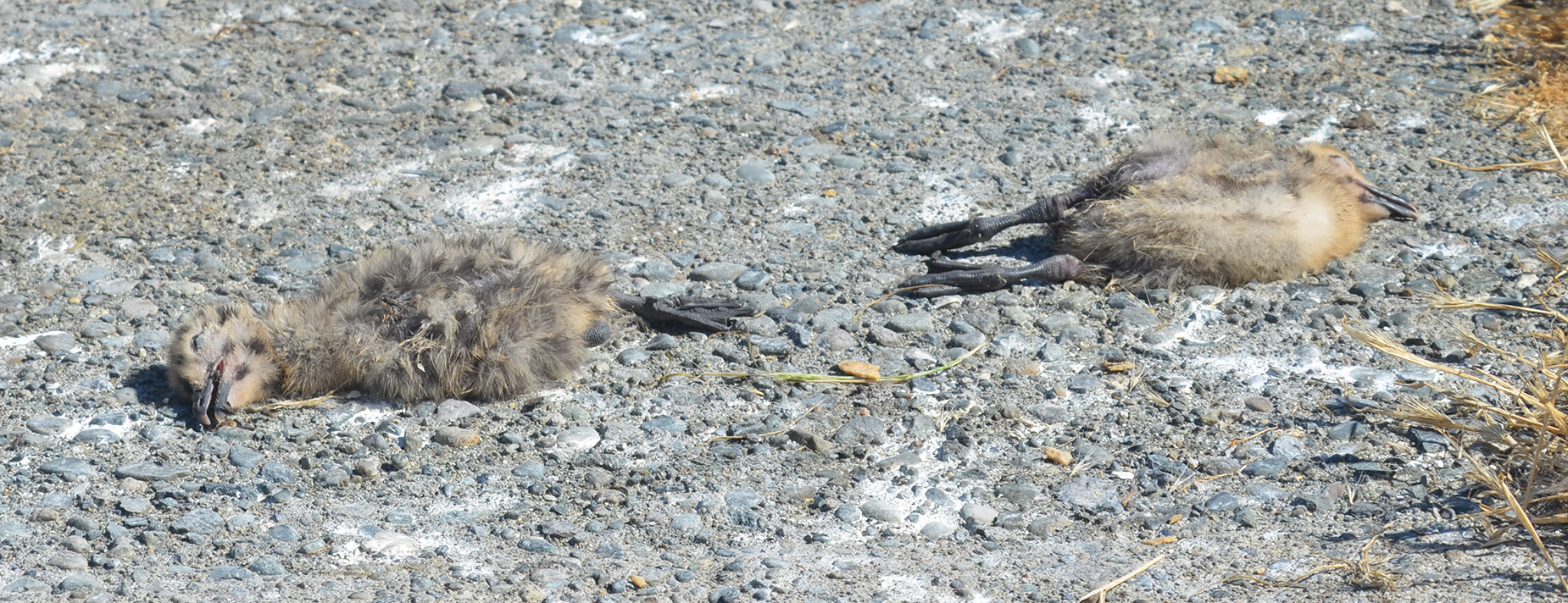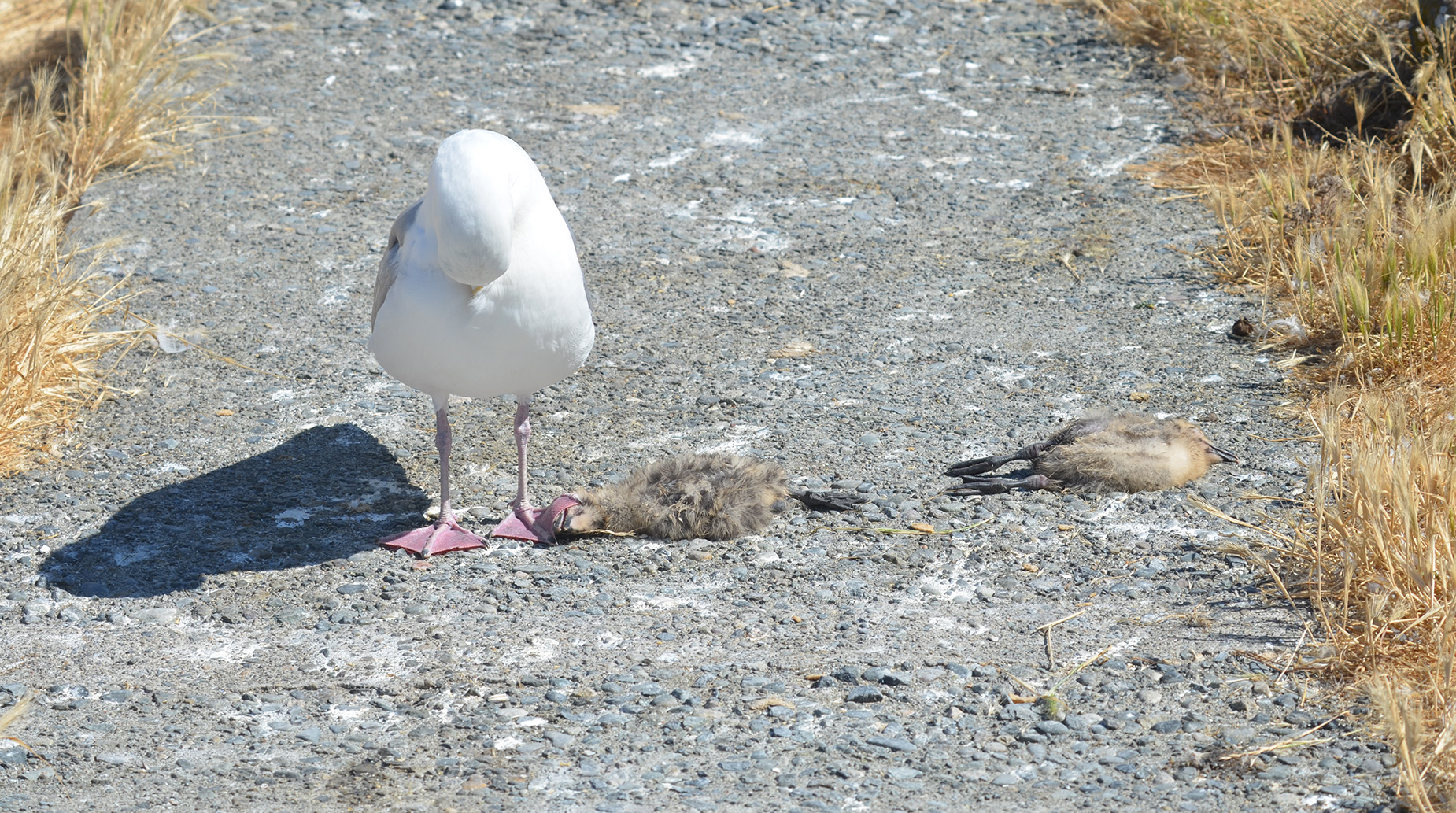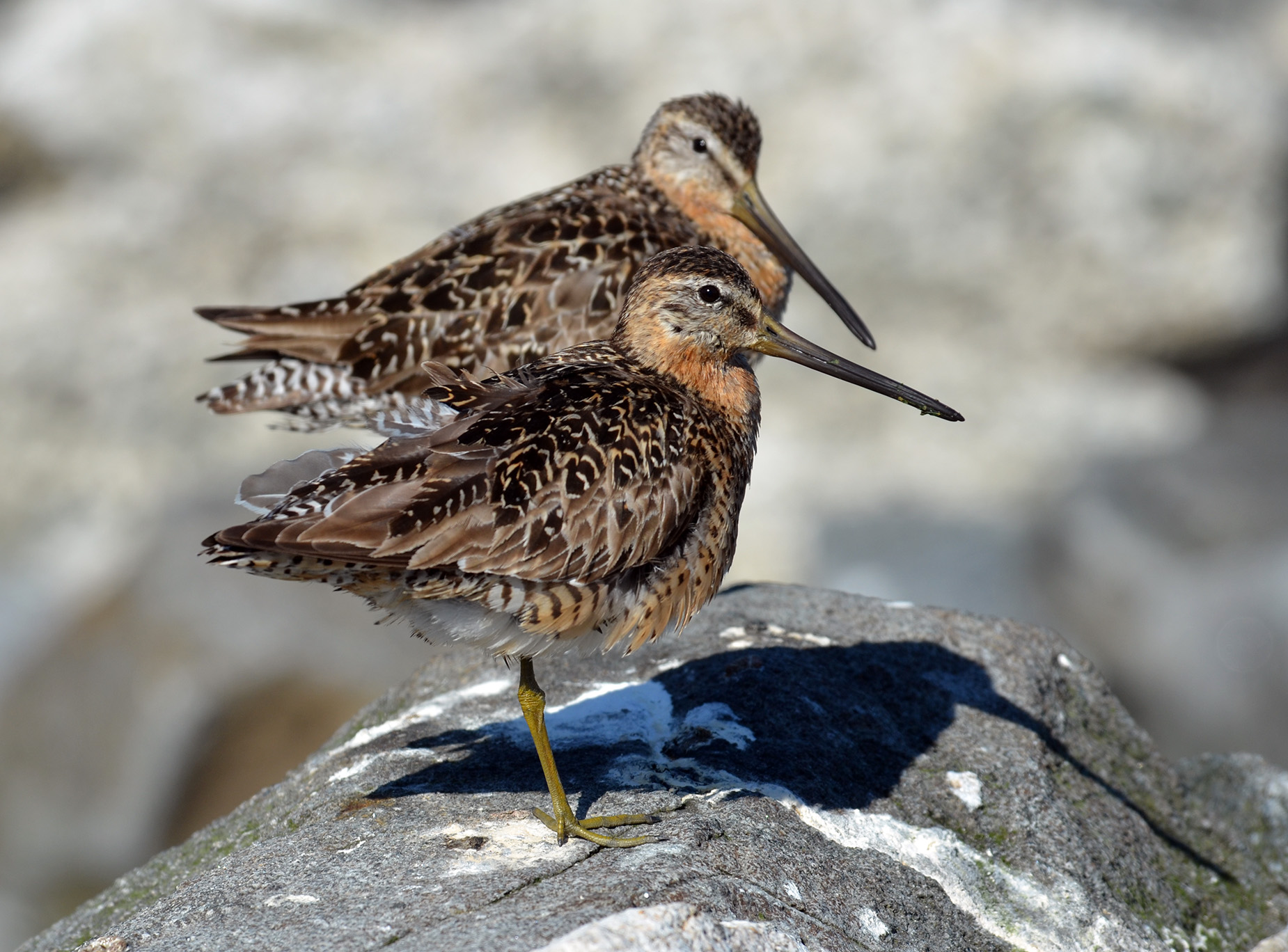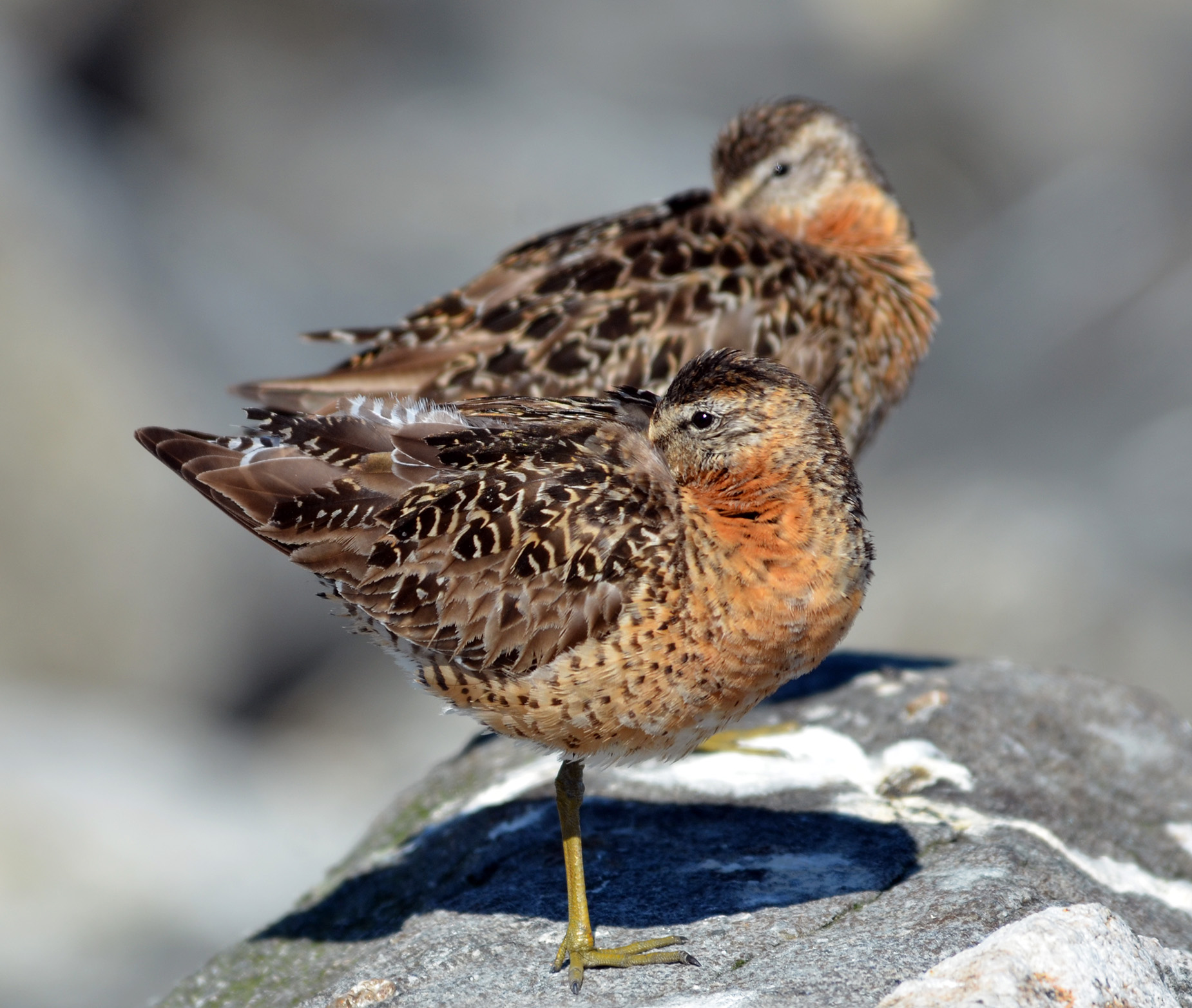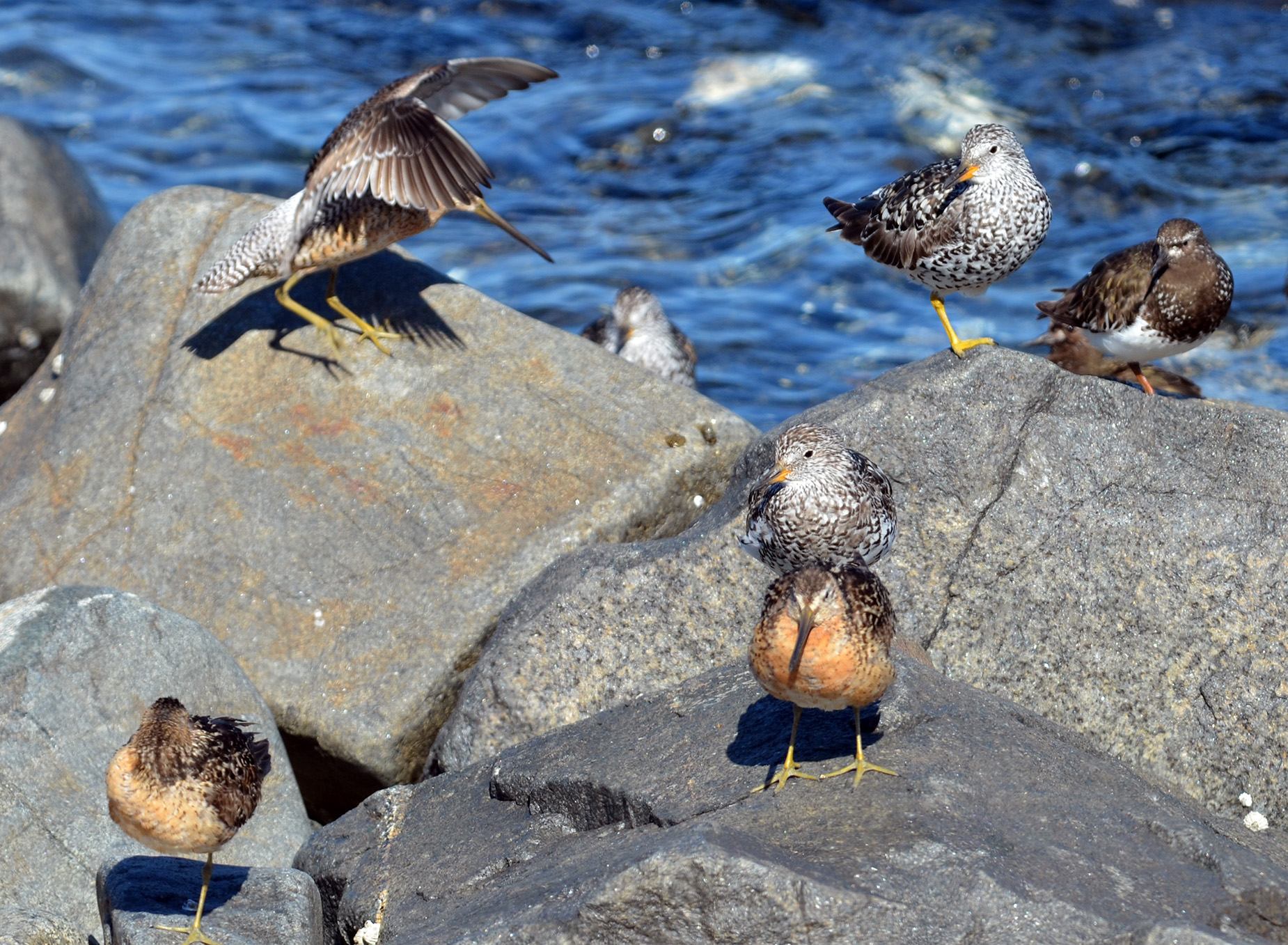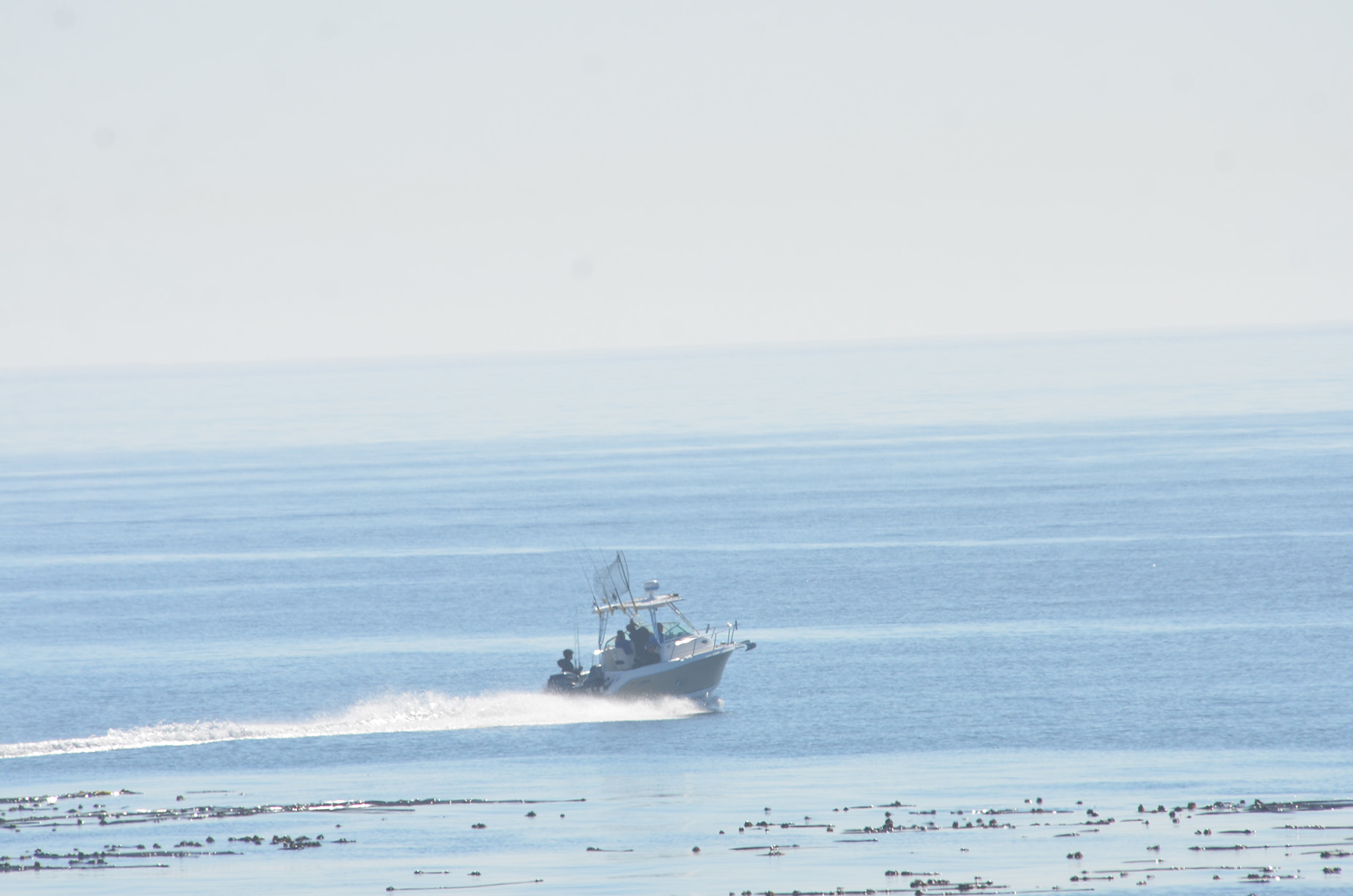It has been a challenging few days. We lost water pressure and a supply of running water in the house on July 17. Today Greg, Cedric and Bruce came out to repair the system and do some electrical work. I learned about the inner workings of the pressure tank – a sealed container that stores water under pressure. The pressure tank and the jet pump work together to deliver water from the outdoor water storage tank to the house and maintain water pressure in the pipes. The tank was waterlogged (the entire tank was filled with water without any pressurized air) which was causing the pump work harder and frequently cycle on and off. Everything worked well after the tank was drained, the bladder cleaned, reassembled and re-pressurized to 28 psi.

The blue pressure tank.
I had a busy time after they left, having to rescue the half finished laundry that sat in the tub for 3 days and wash 3 days worth of accumulated pots, pans and dishes. It is amazing how many times a day a person turns on a water tap… to wash hands, wipe a counter, rinse a coffee mug, wash veggies or dishes or yourself, and just 10 minutes later you reach for the tap again forgetting it doesn’t work. Luckily we have a separate supply of drinking water, wet wipes, hand sanitizer, paper towel, and enough pots, pans and plates in the house for an army of dinner guests.
Wildlife notes:
The gulls are going about their day fighting, shrieking, feeding and protecting their young. The chicks near the house that hatched on June 28 are three weeks old today. They are starting to grow feathers on their wings. Below are some photos of the 3 week old chick scratching, stretching its wing, and calling, and of “Compost” gull bringing new bedding to her 3 day old chicks.
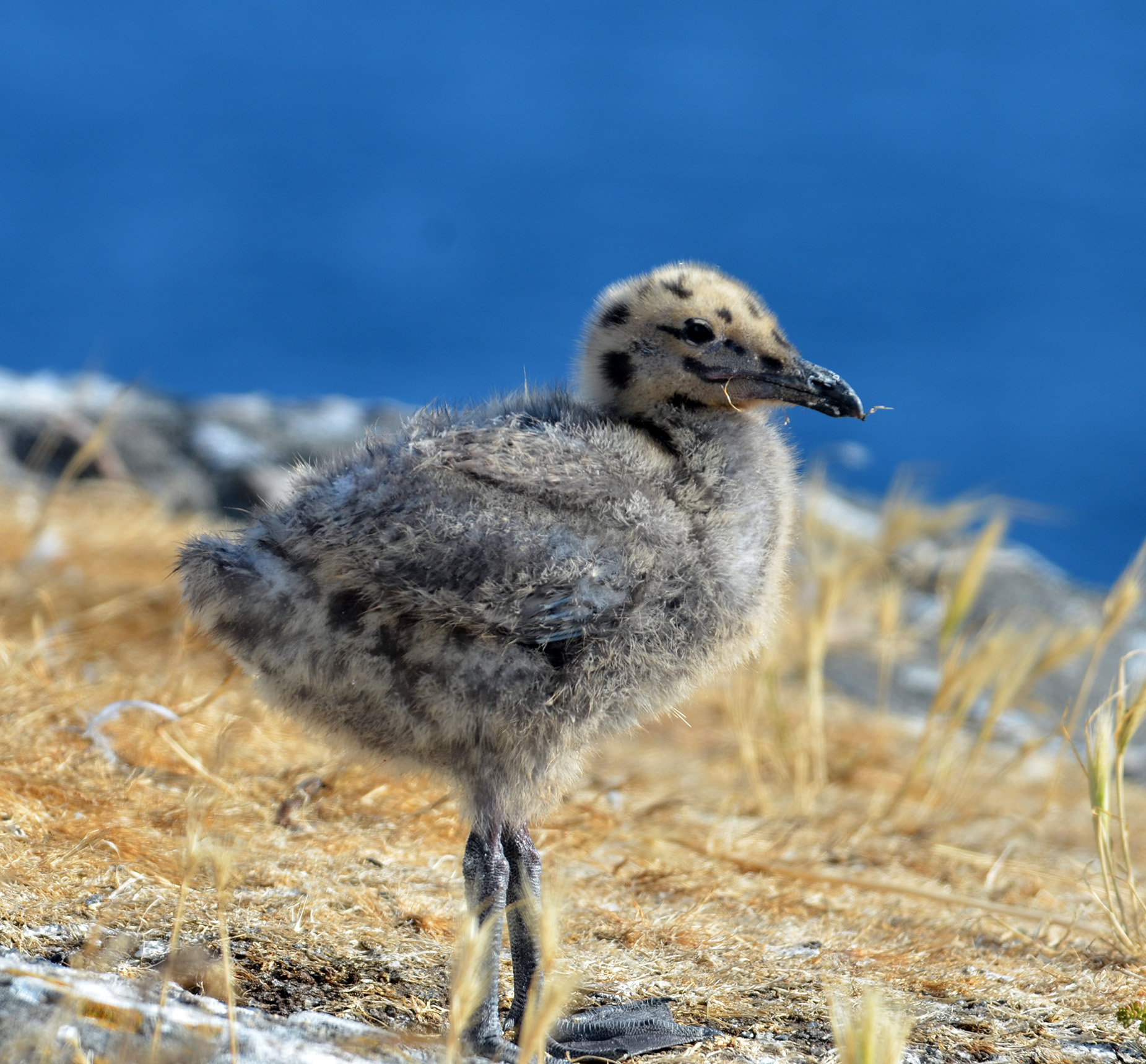
Three week old seagull chick
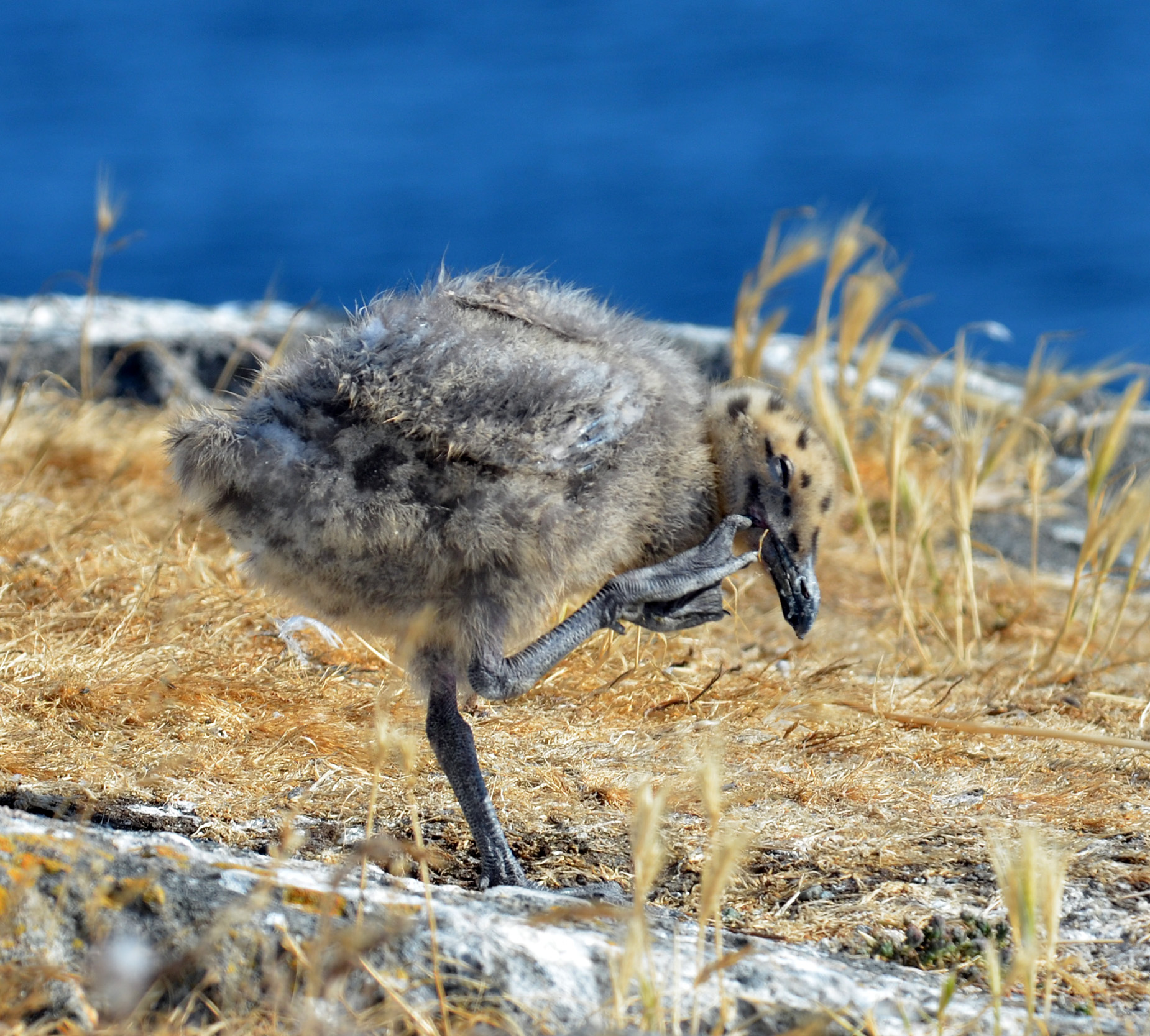
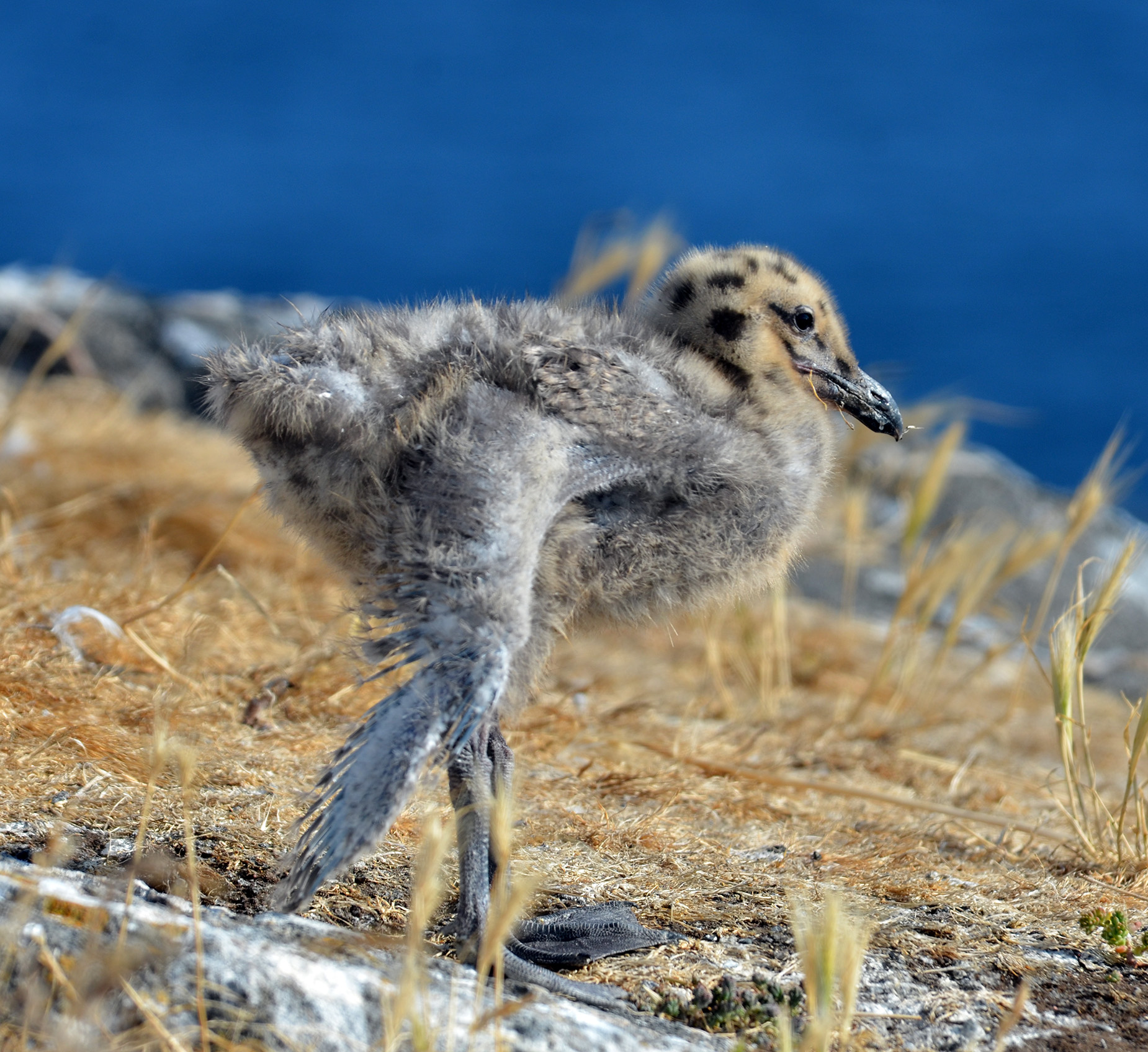
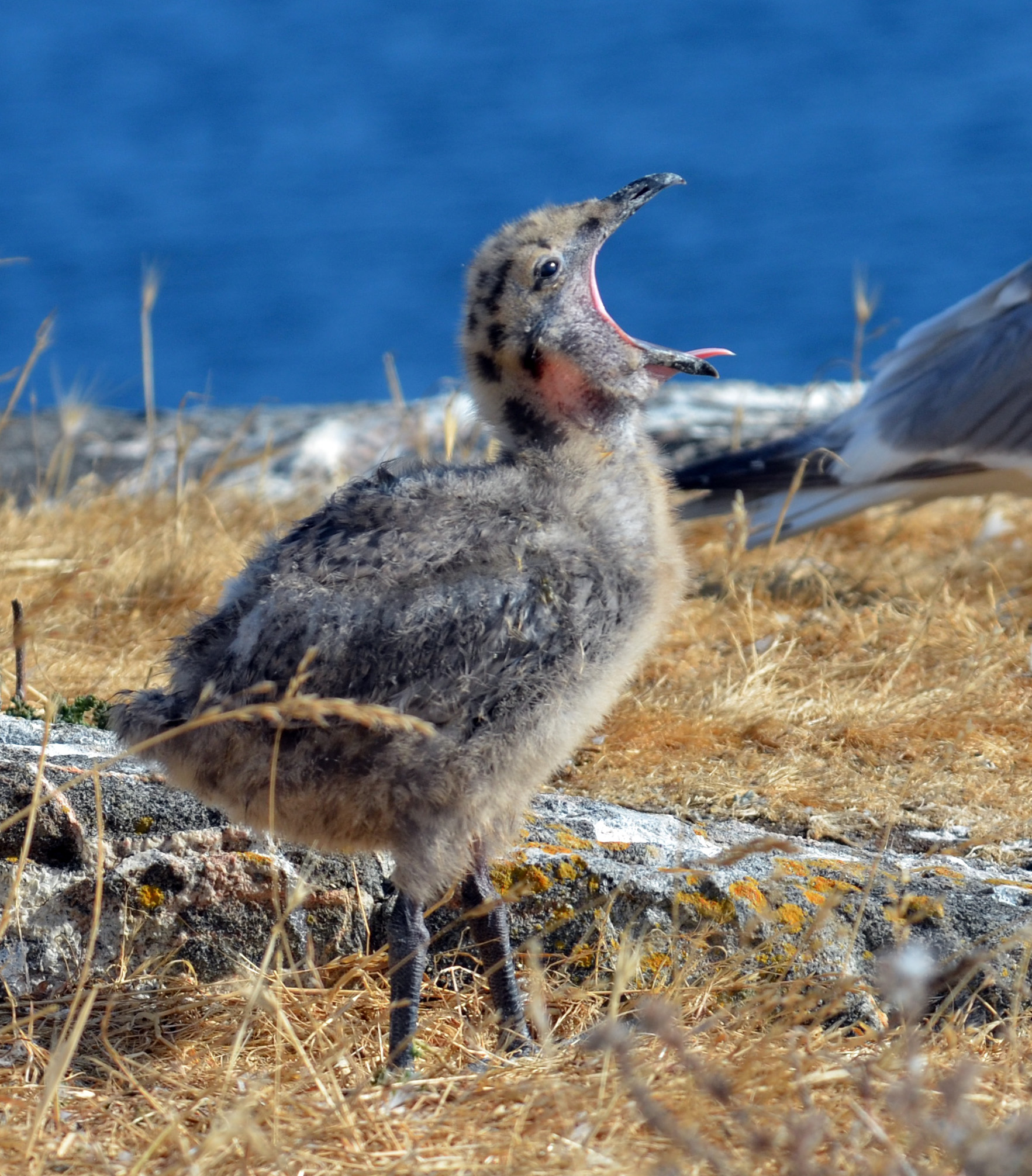
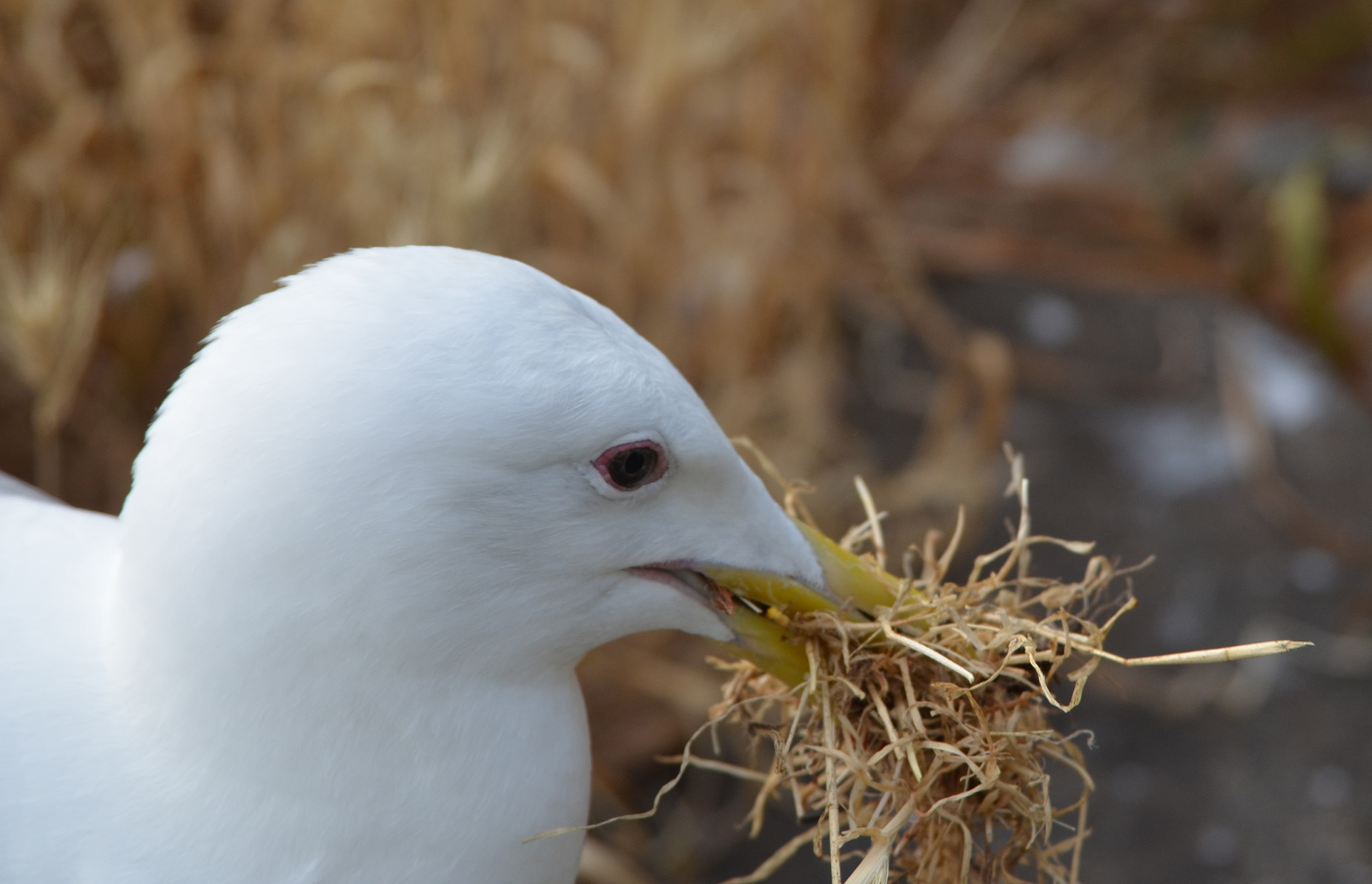
Gull with fresh bedding material
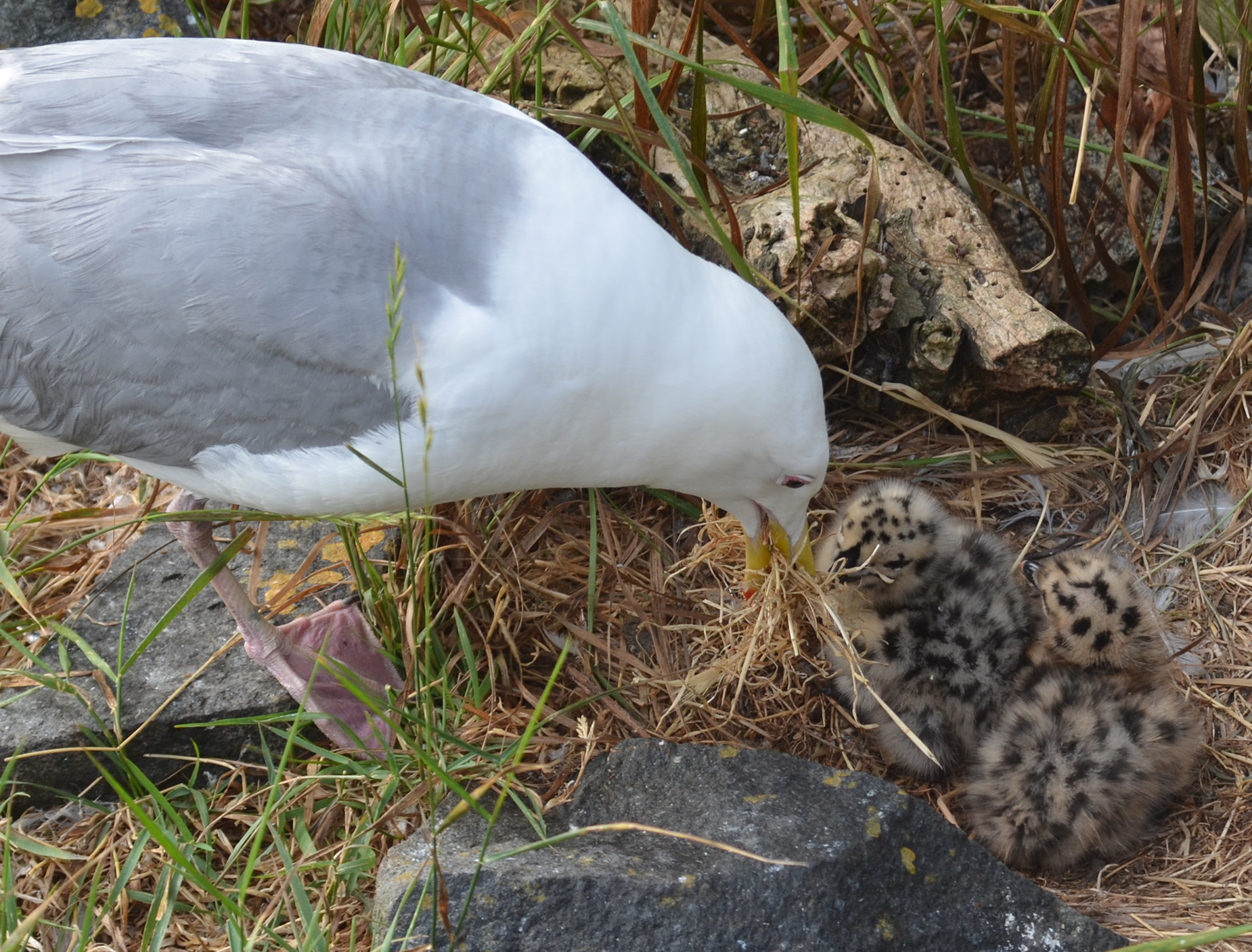
Freshening up the nest for the 3 day old chicks.
Facility work:
- cleaned solar panels
- water pressure system repairs
Vessels:
21 ecotourism, 6 private
Weather:
Sunny with a fresh westerly breeze most of the day. Daytime temperatures: minimum 13, maximum 14 degrees.
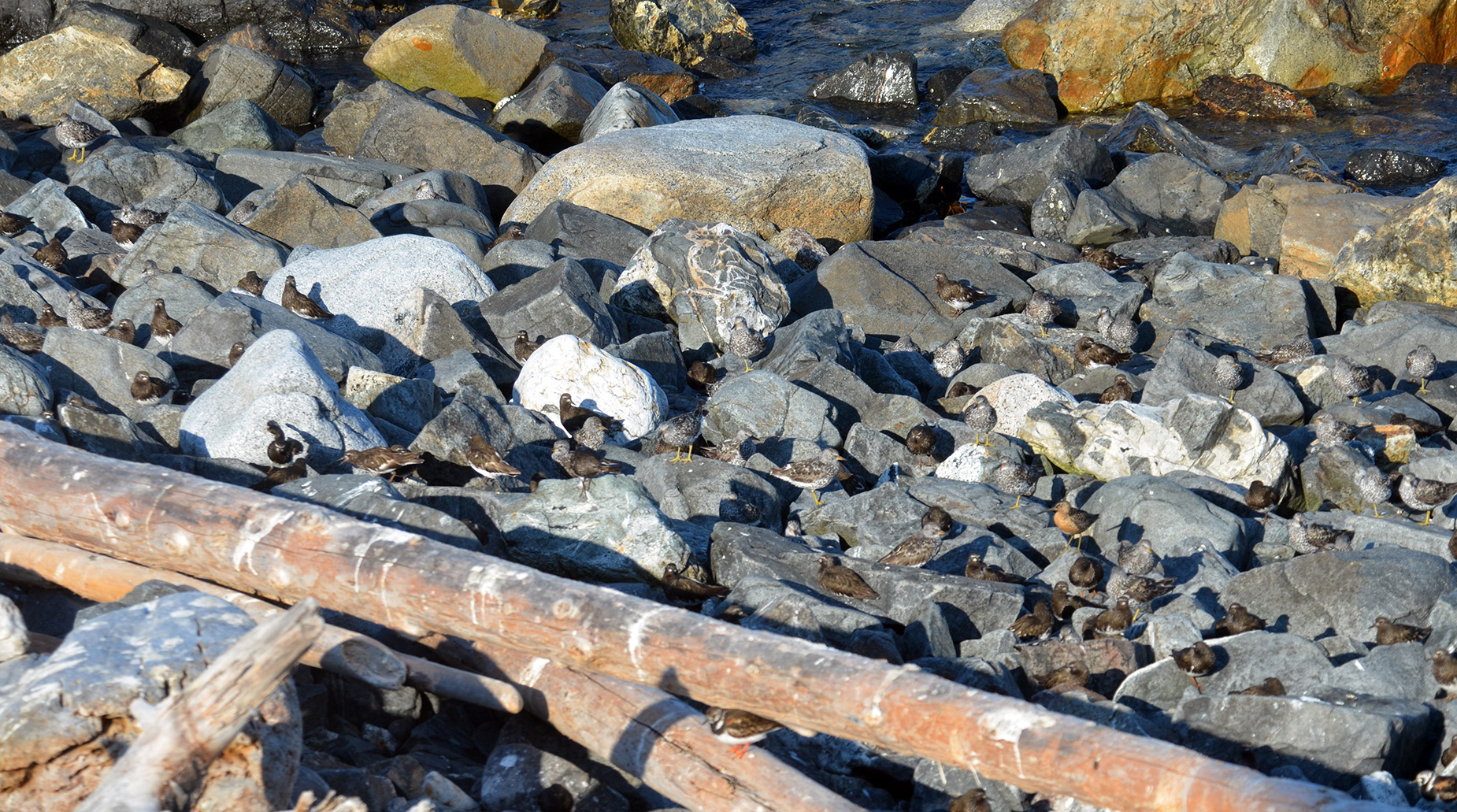
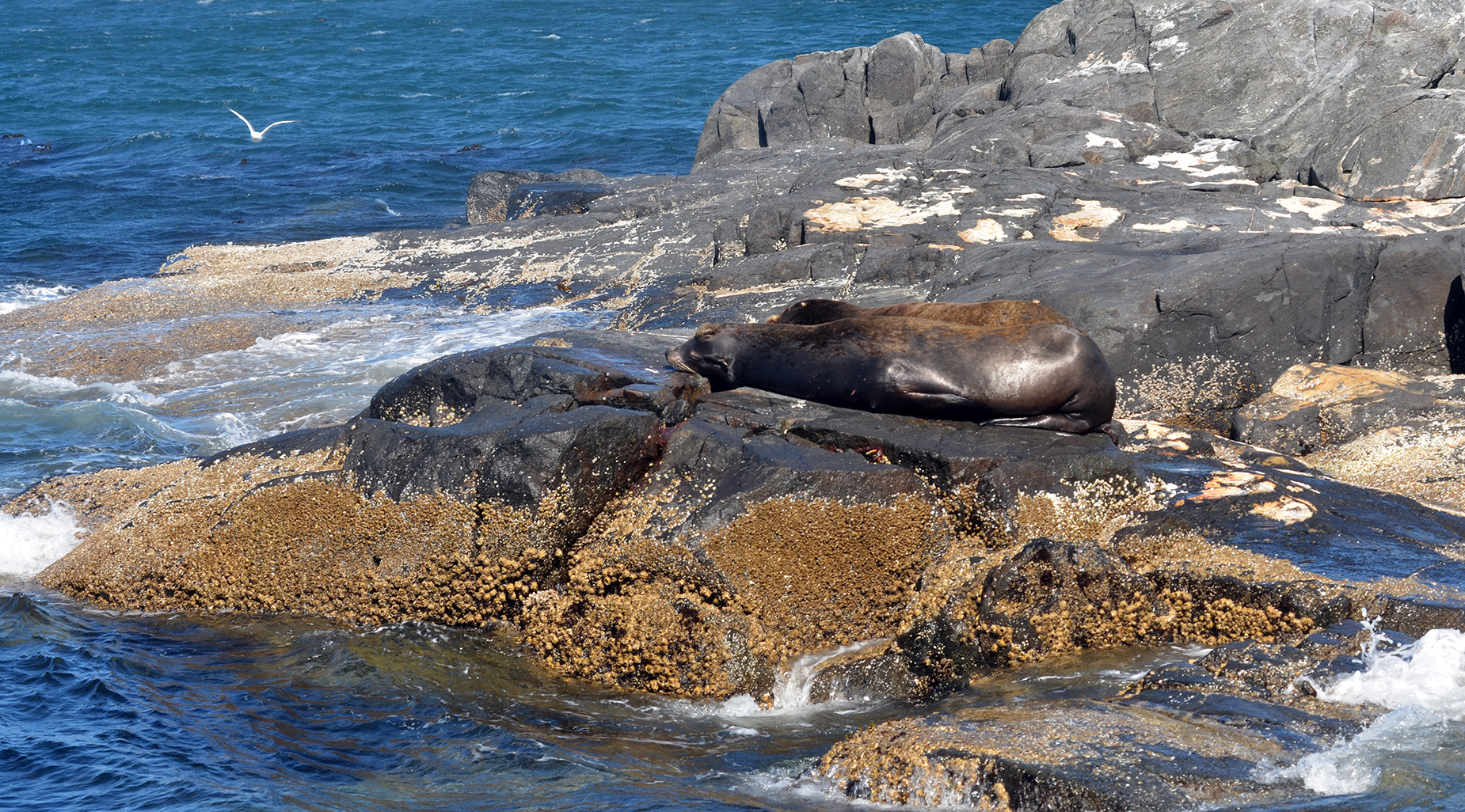
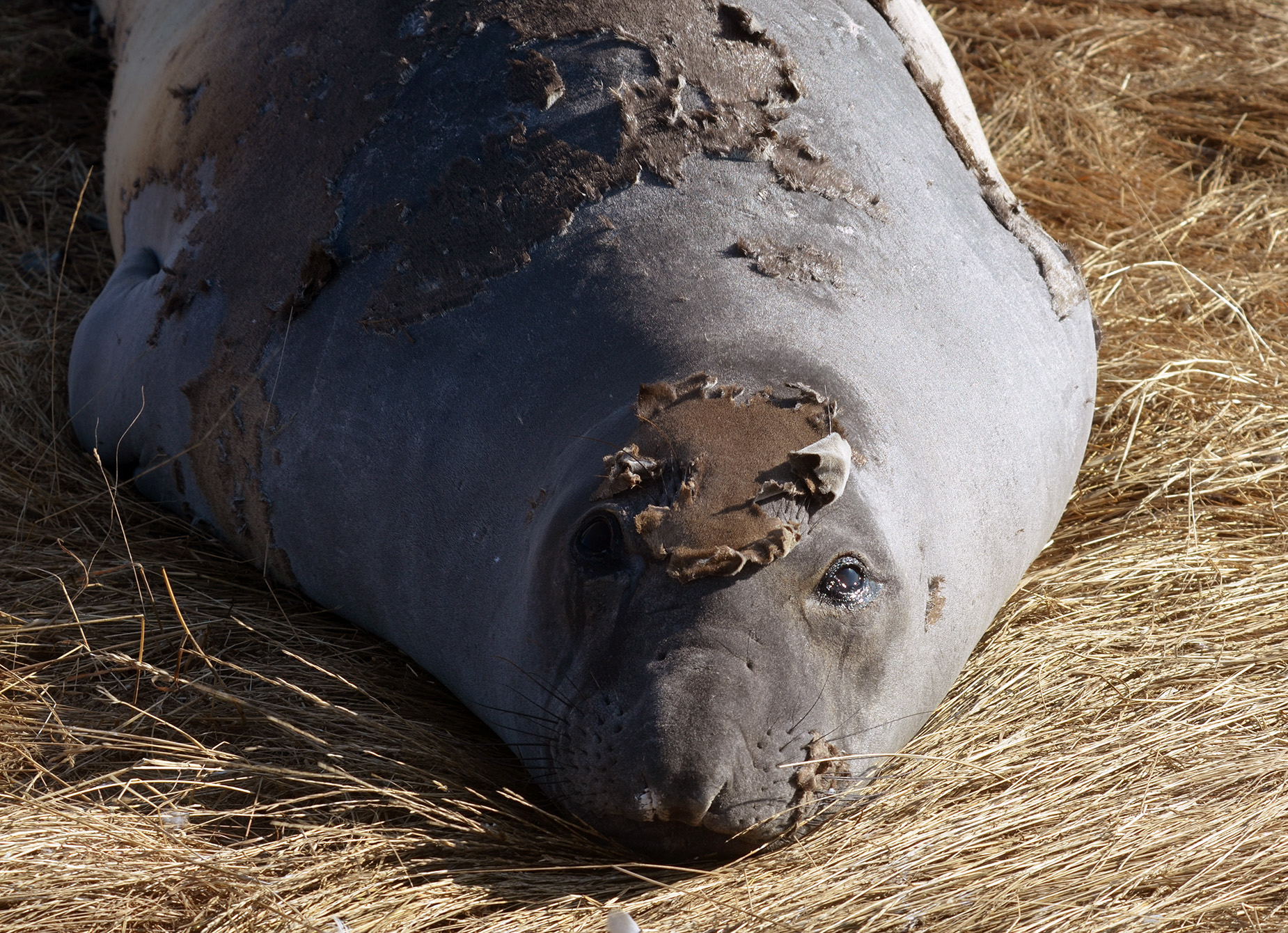
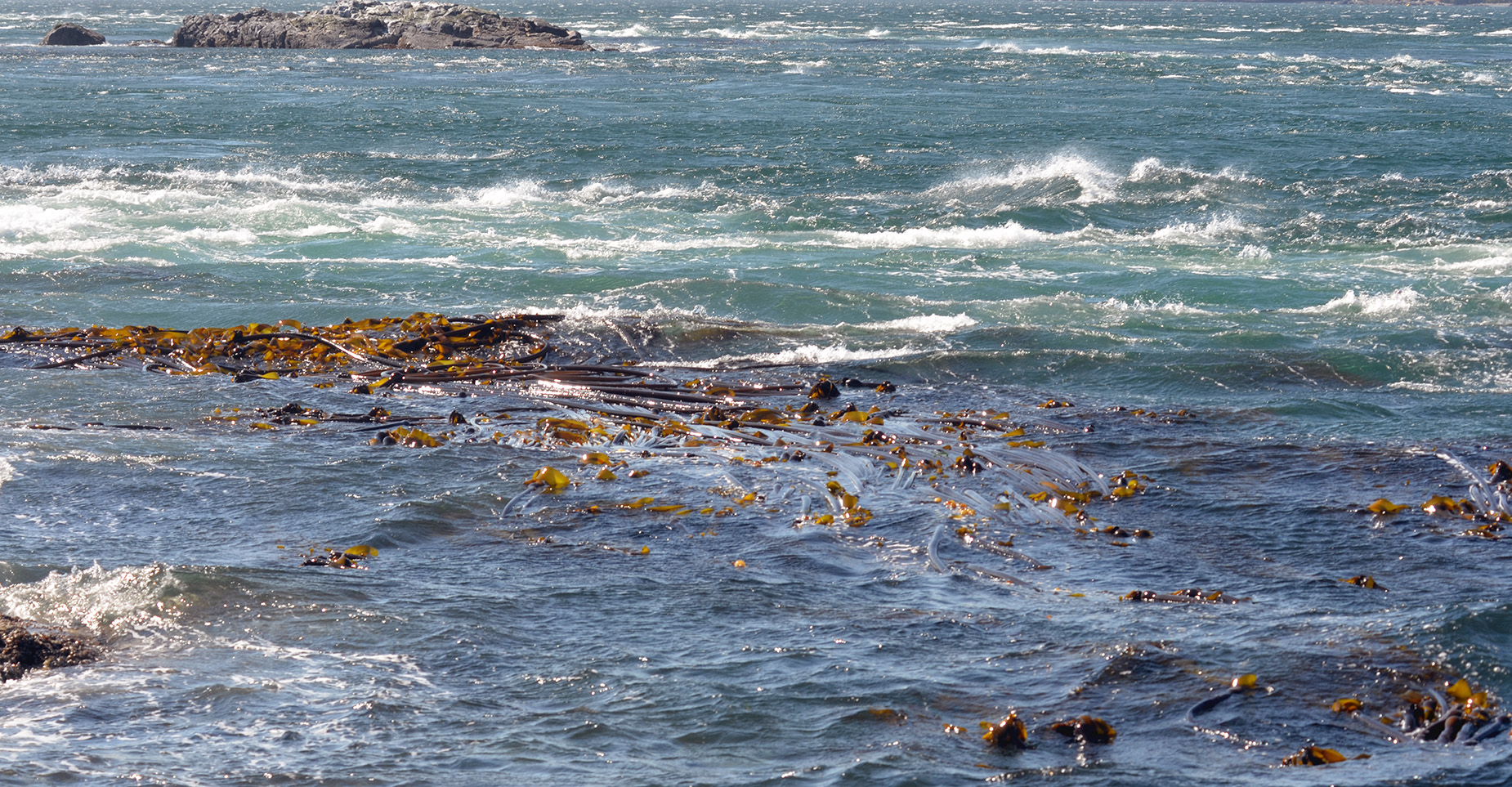
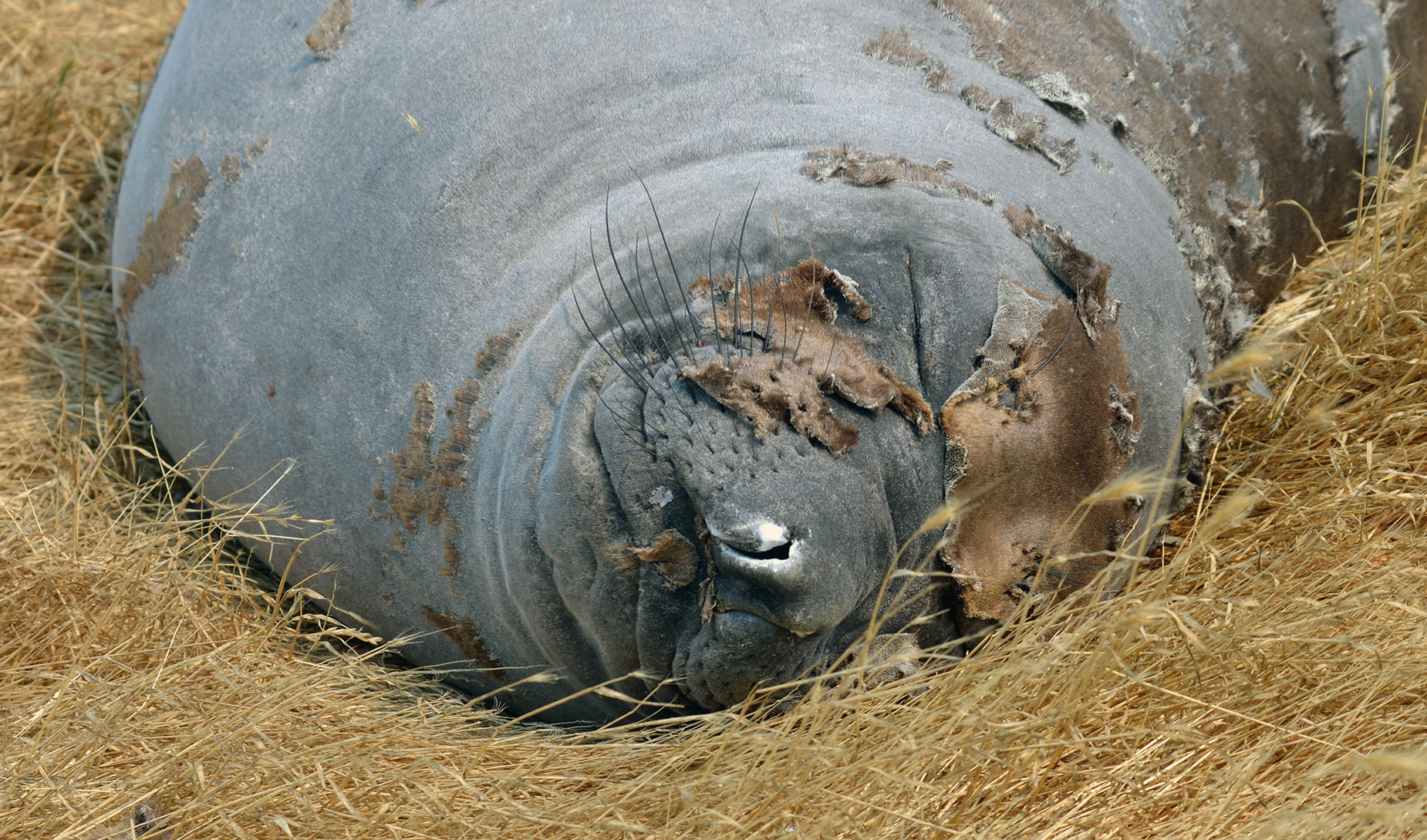
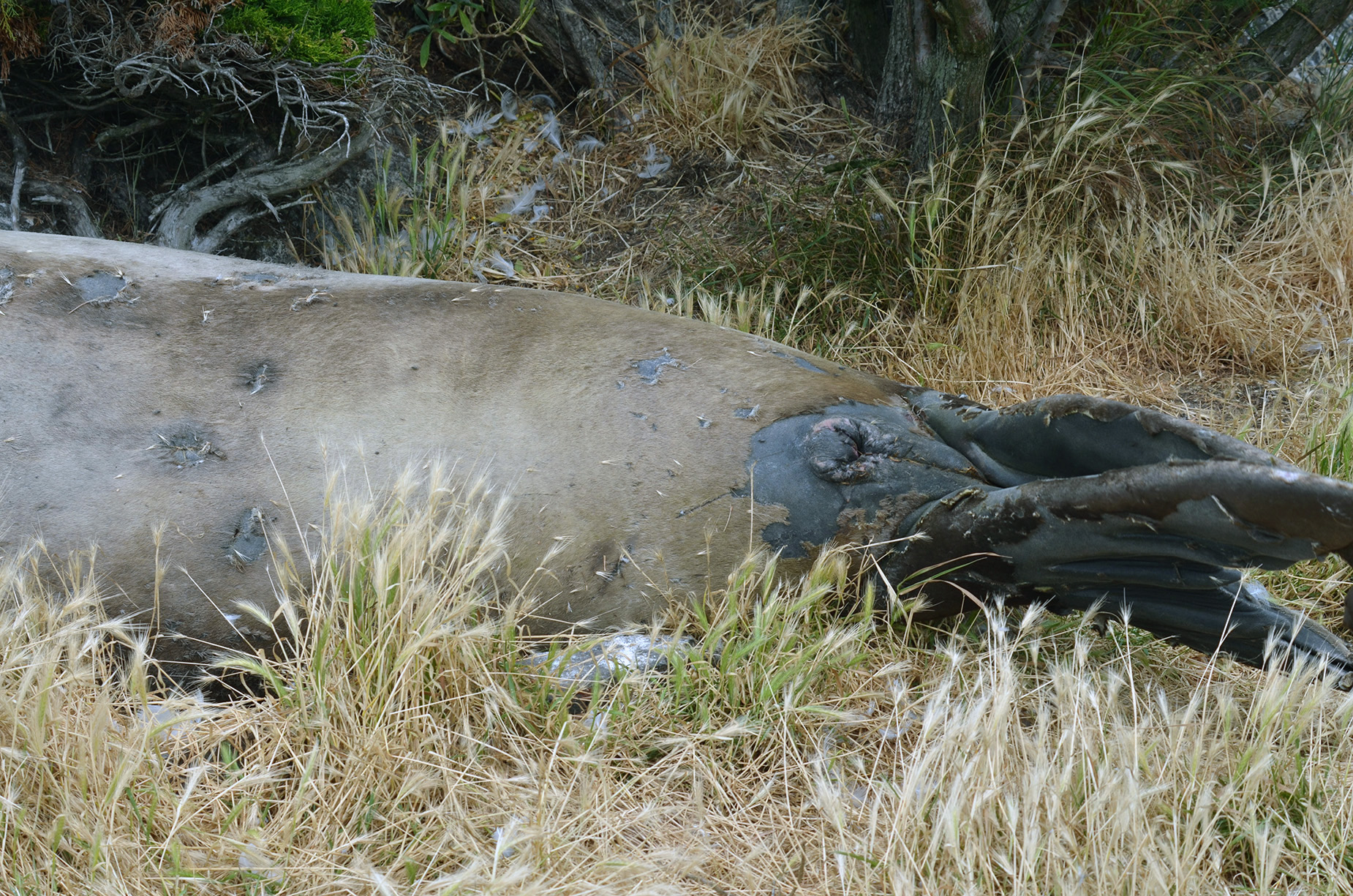
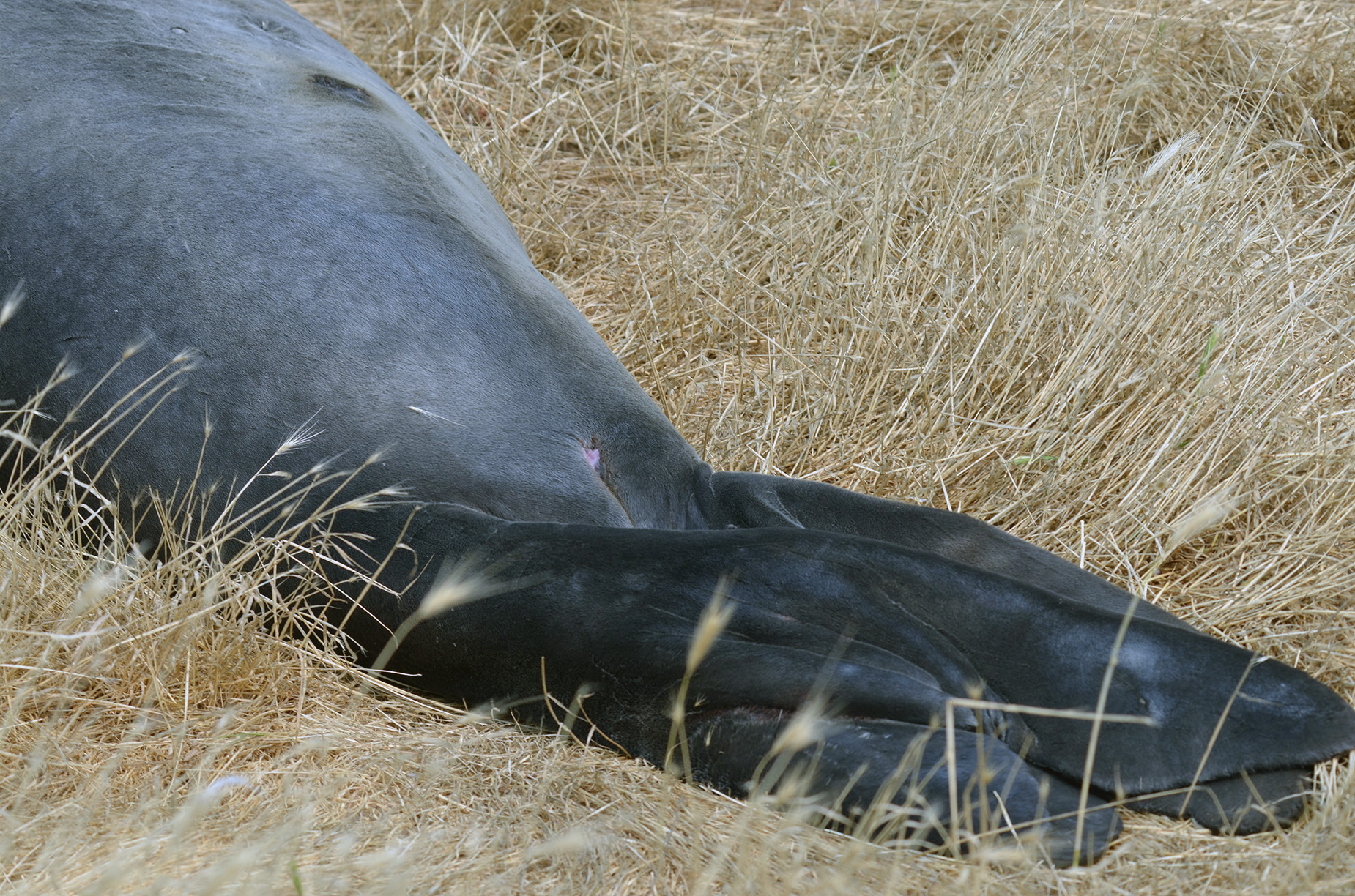
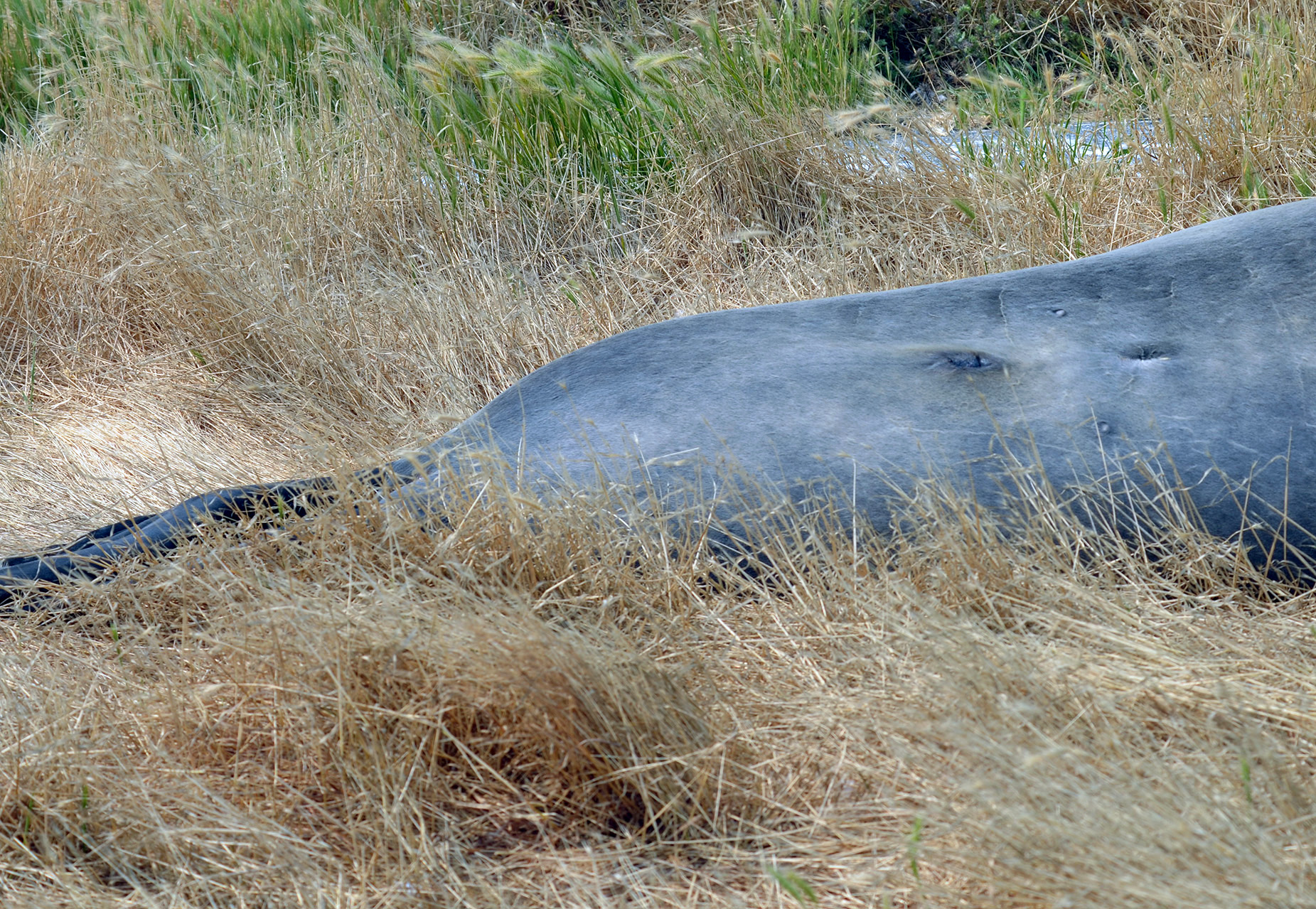
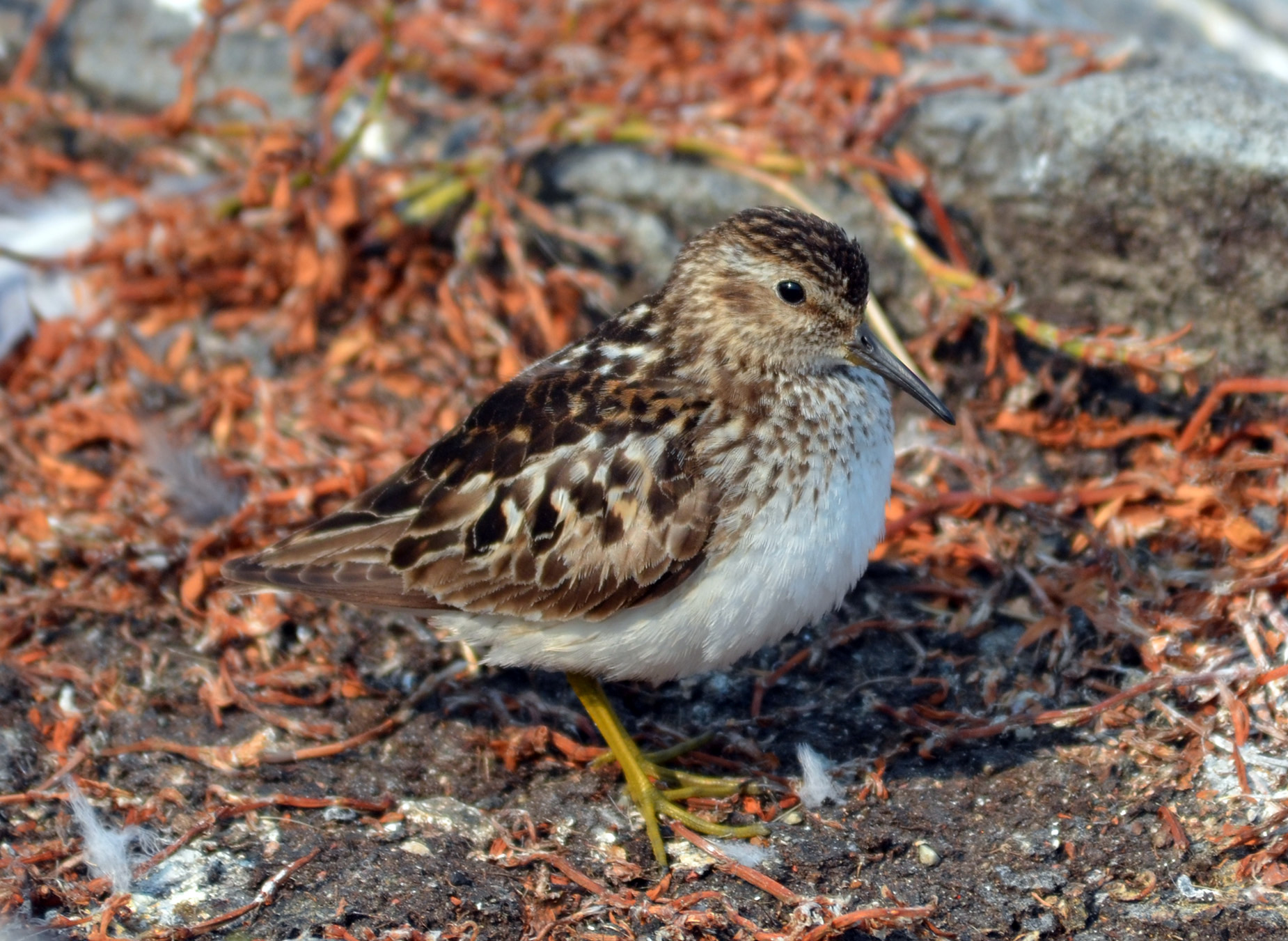
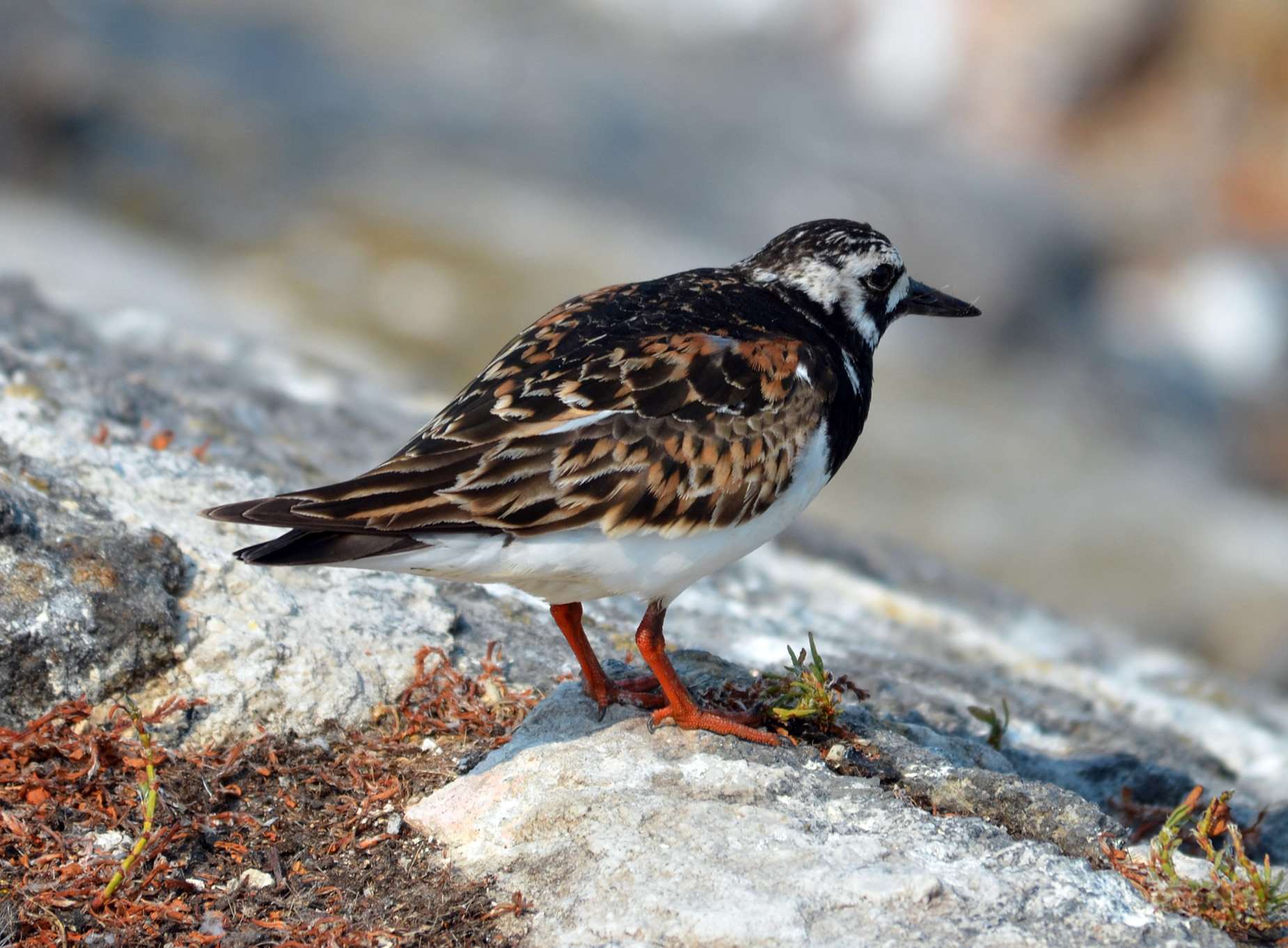
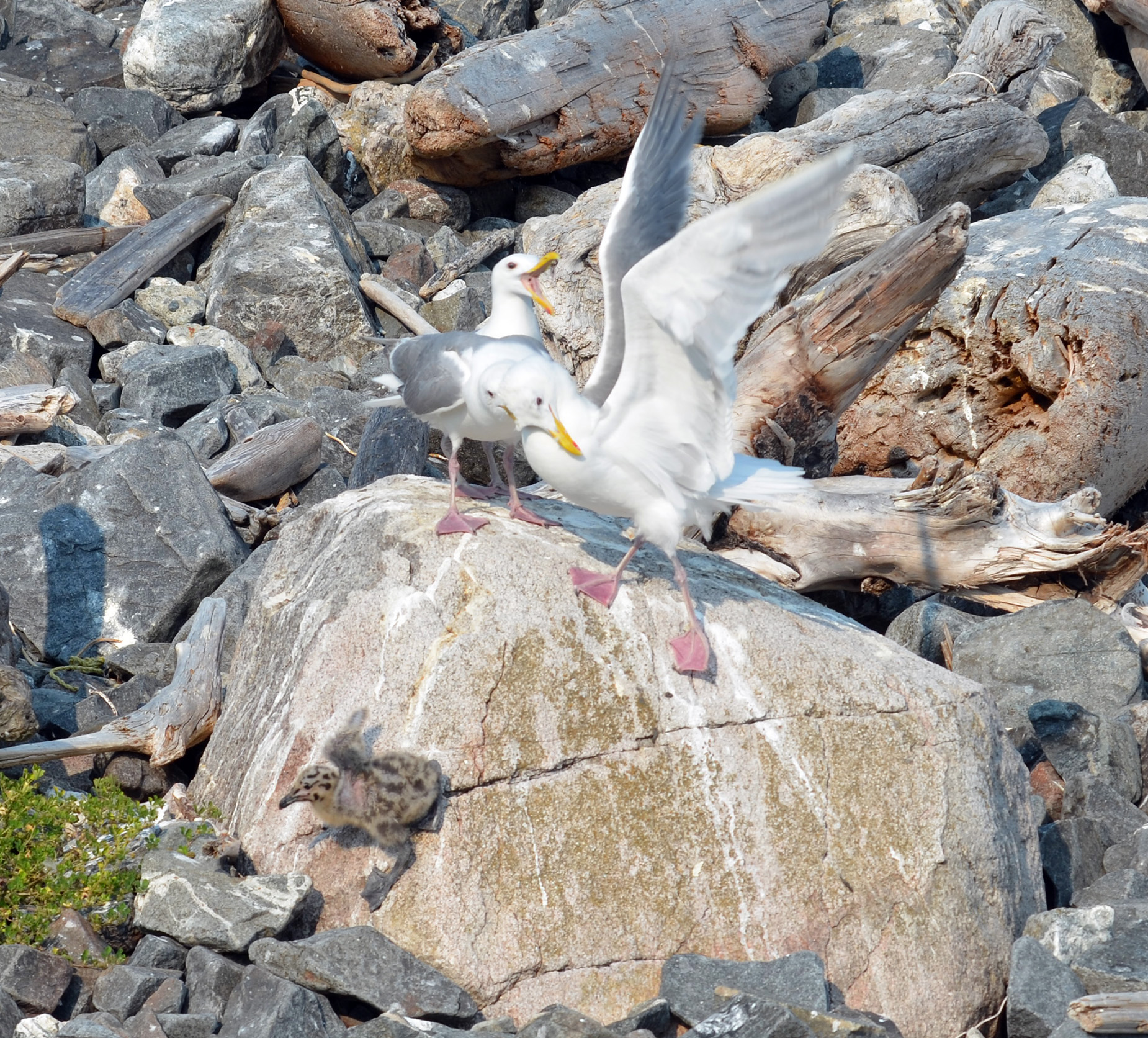
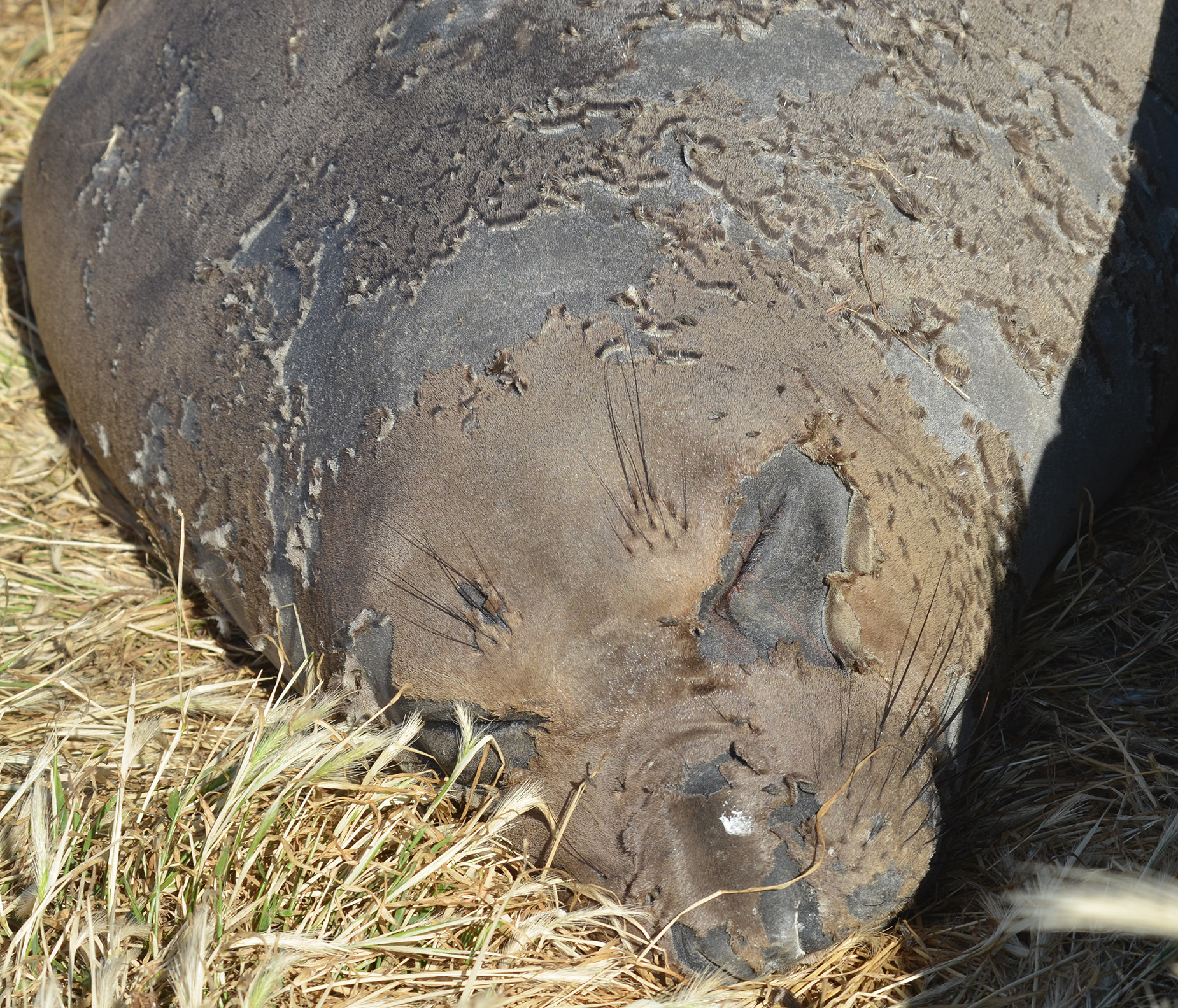







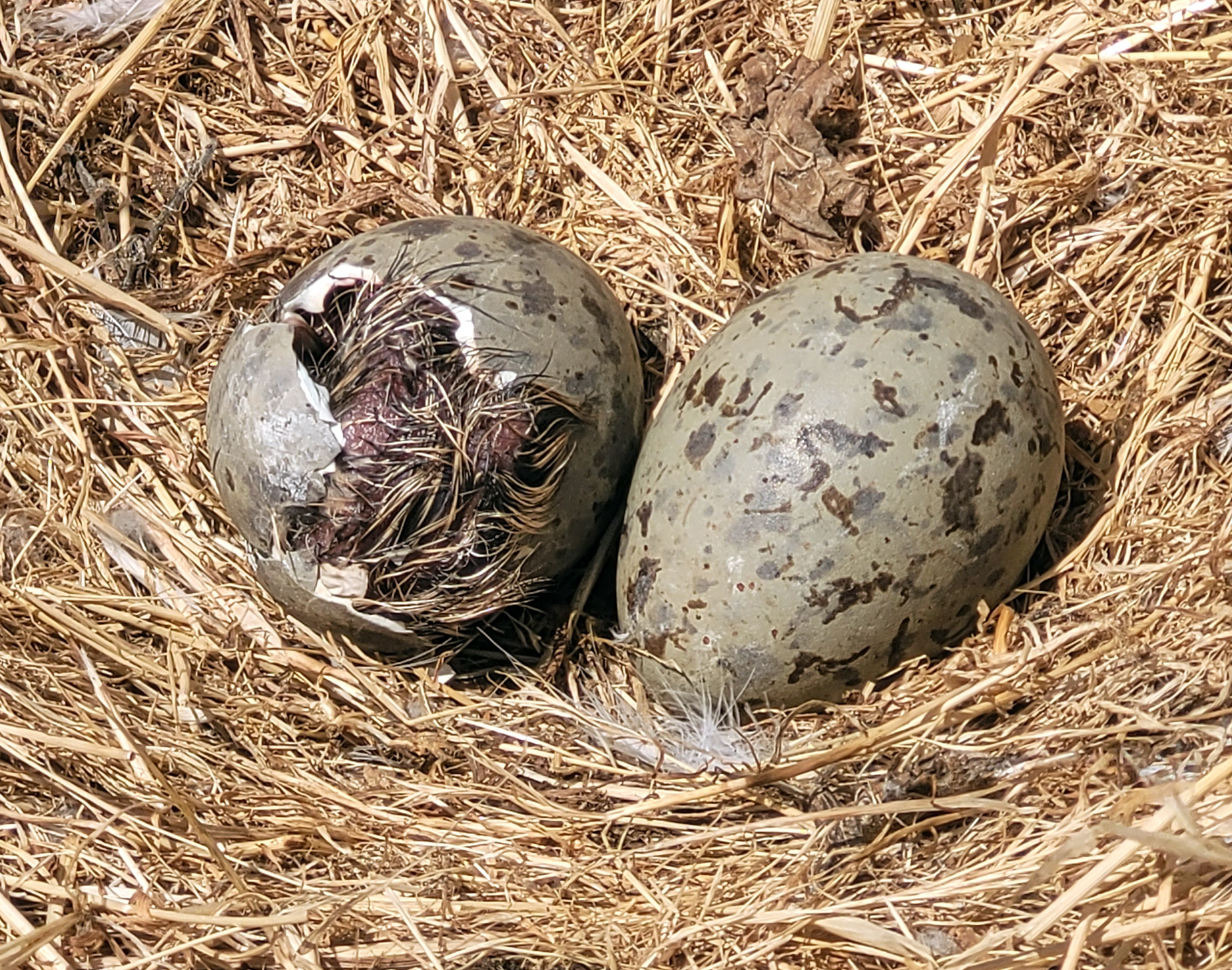
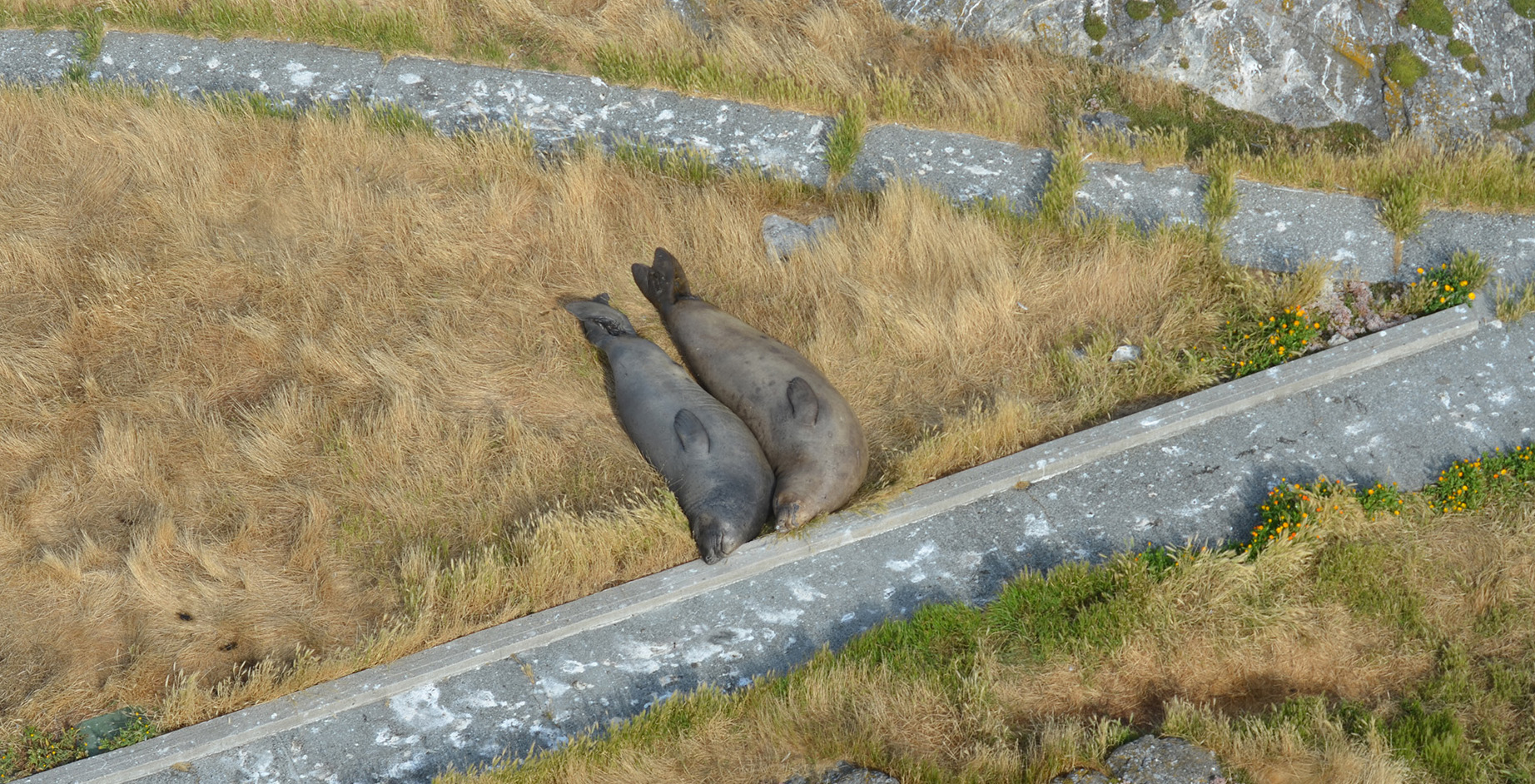
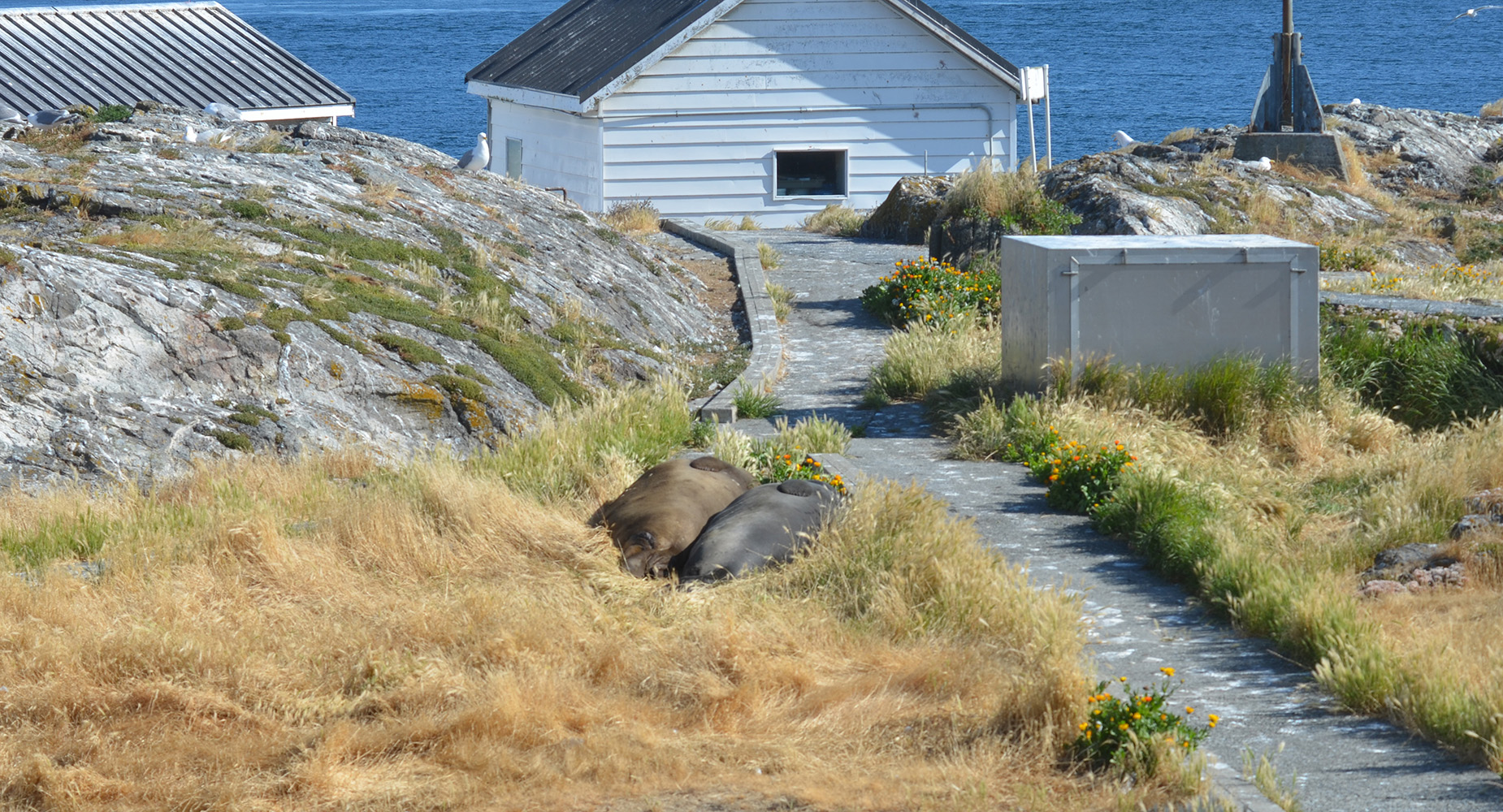
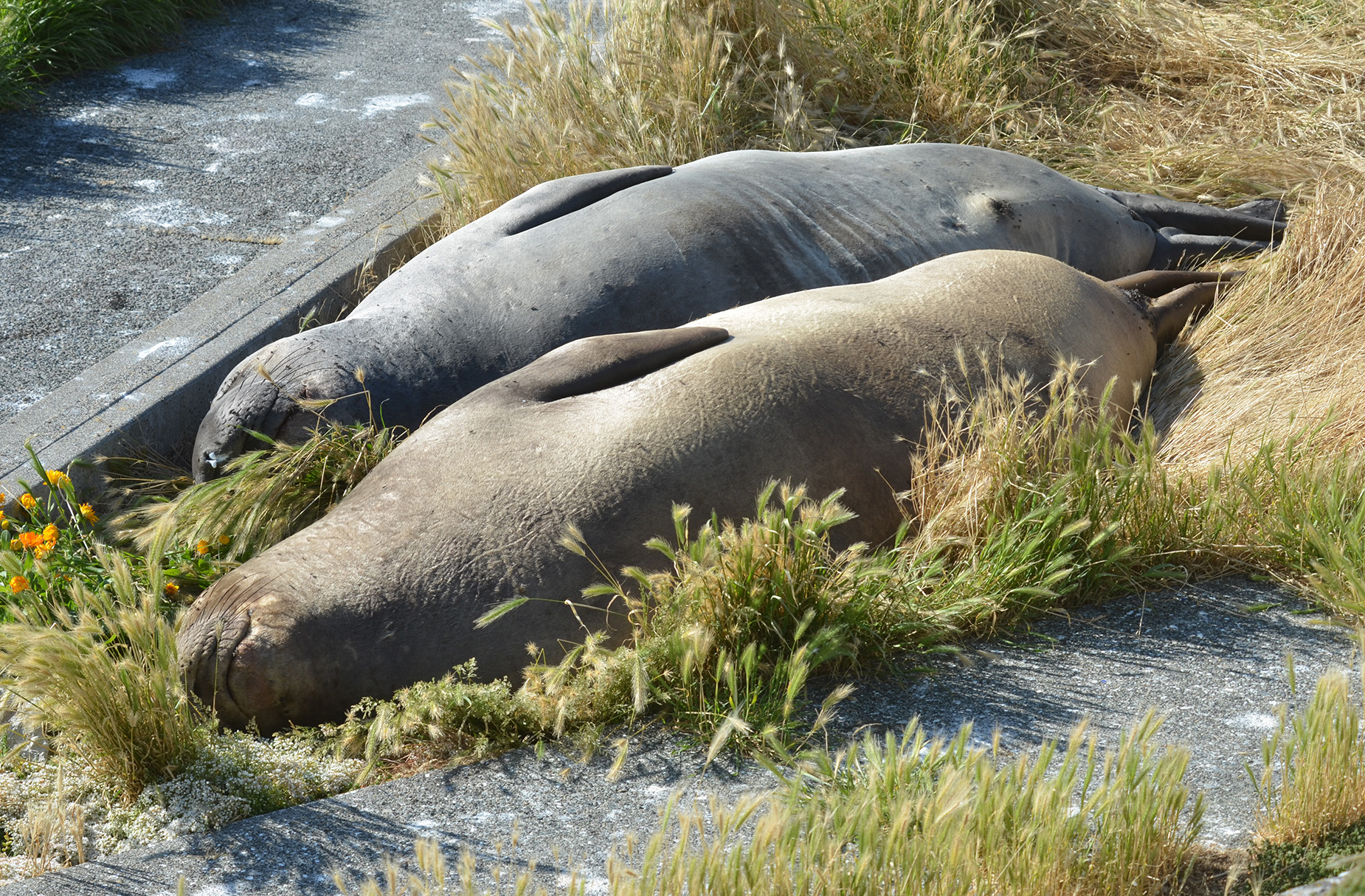
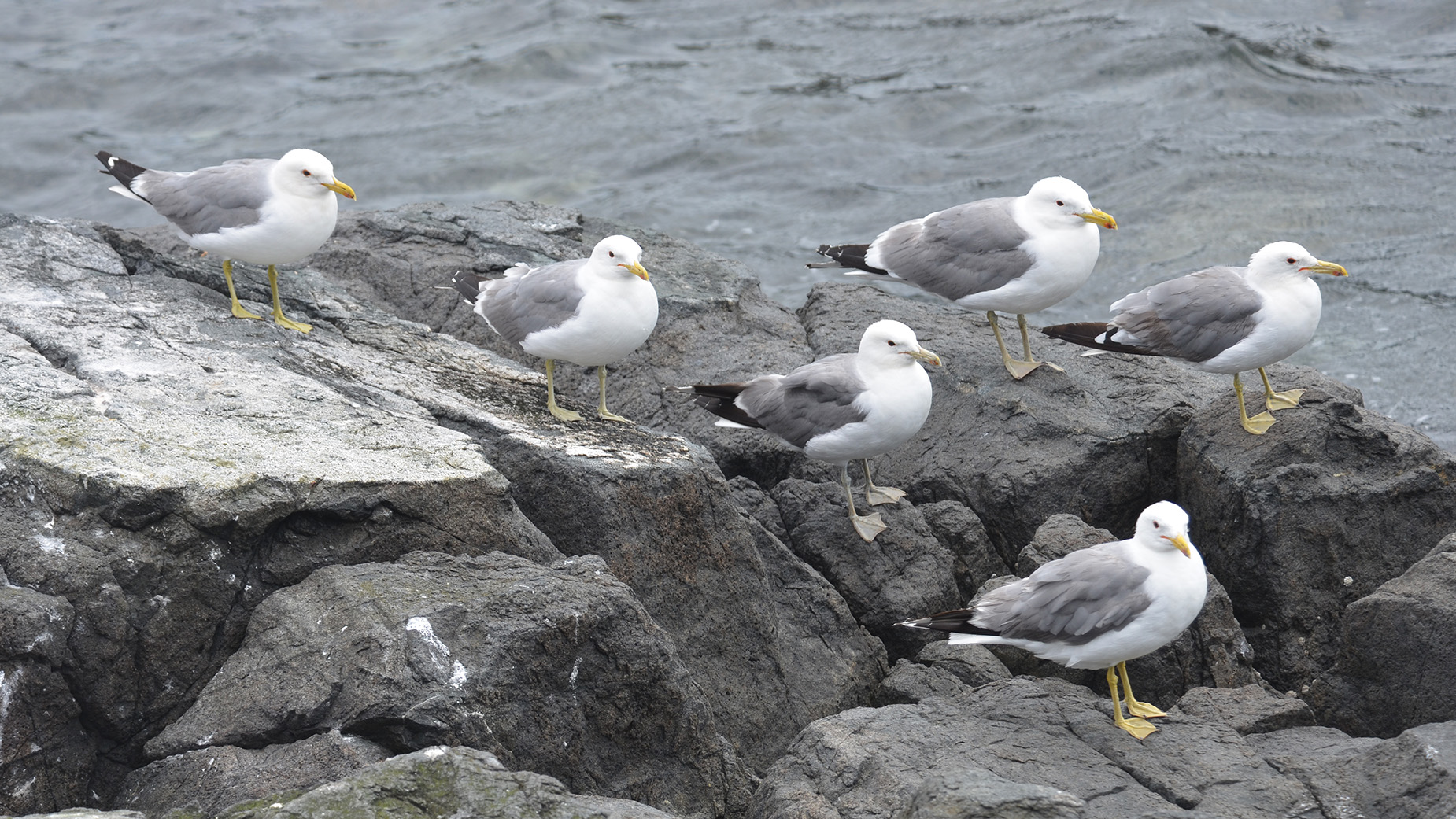
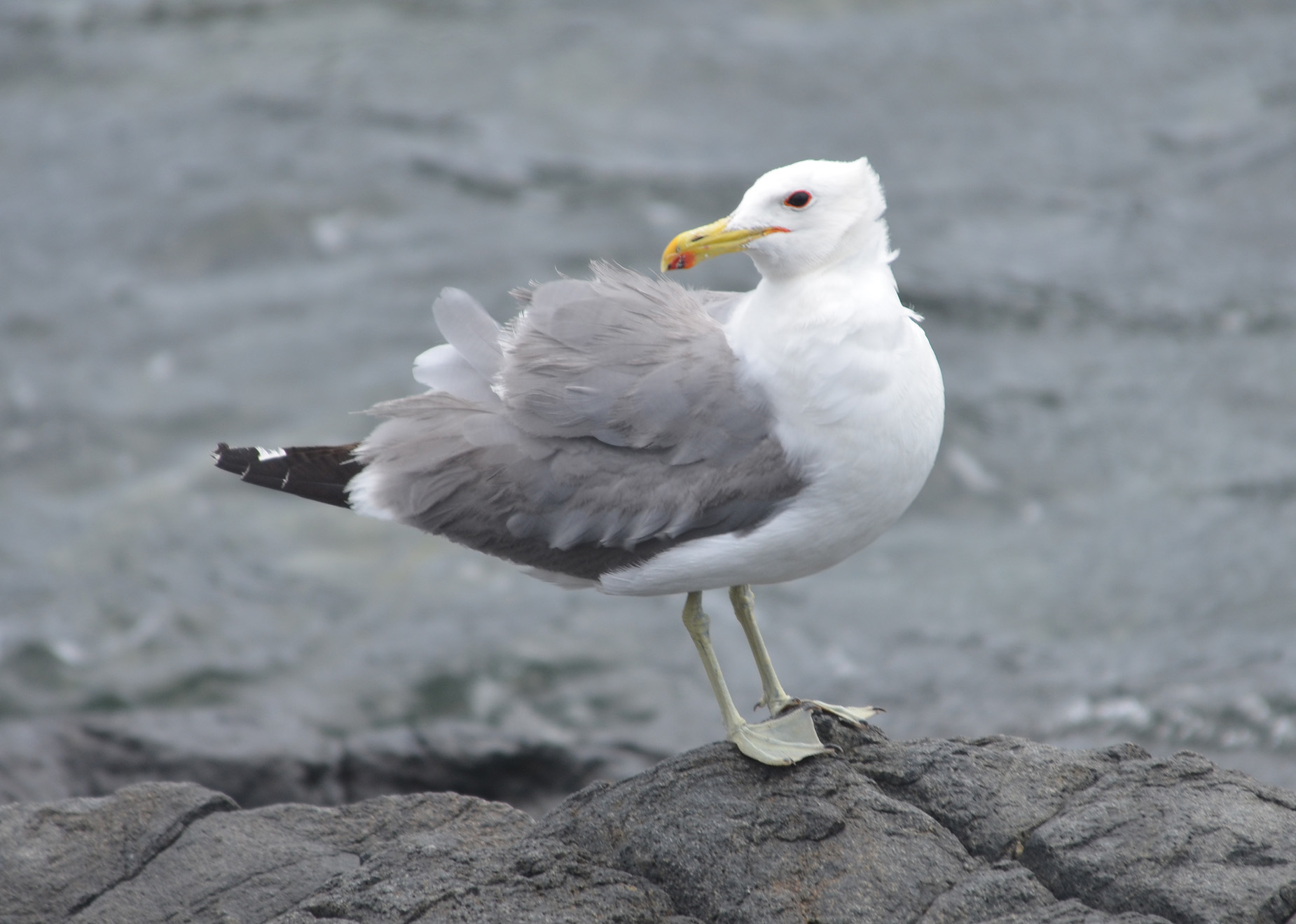
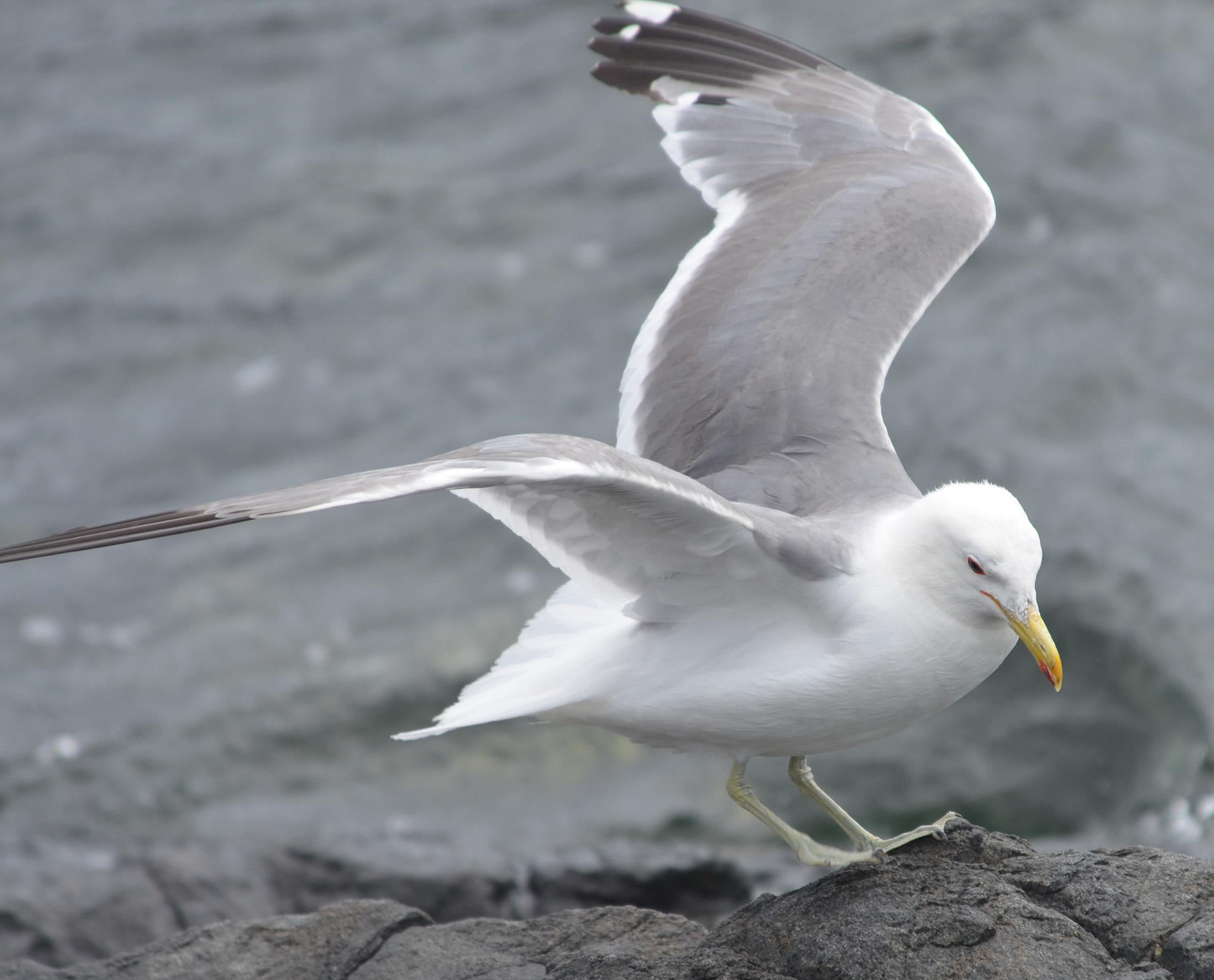
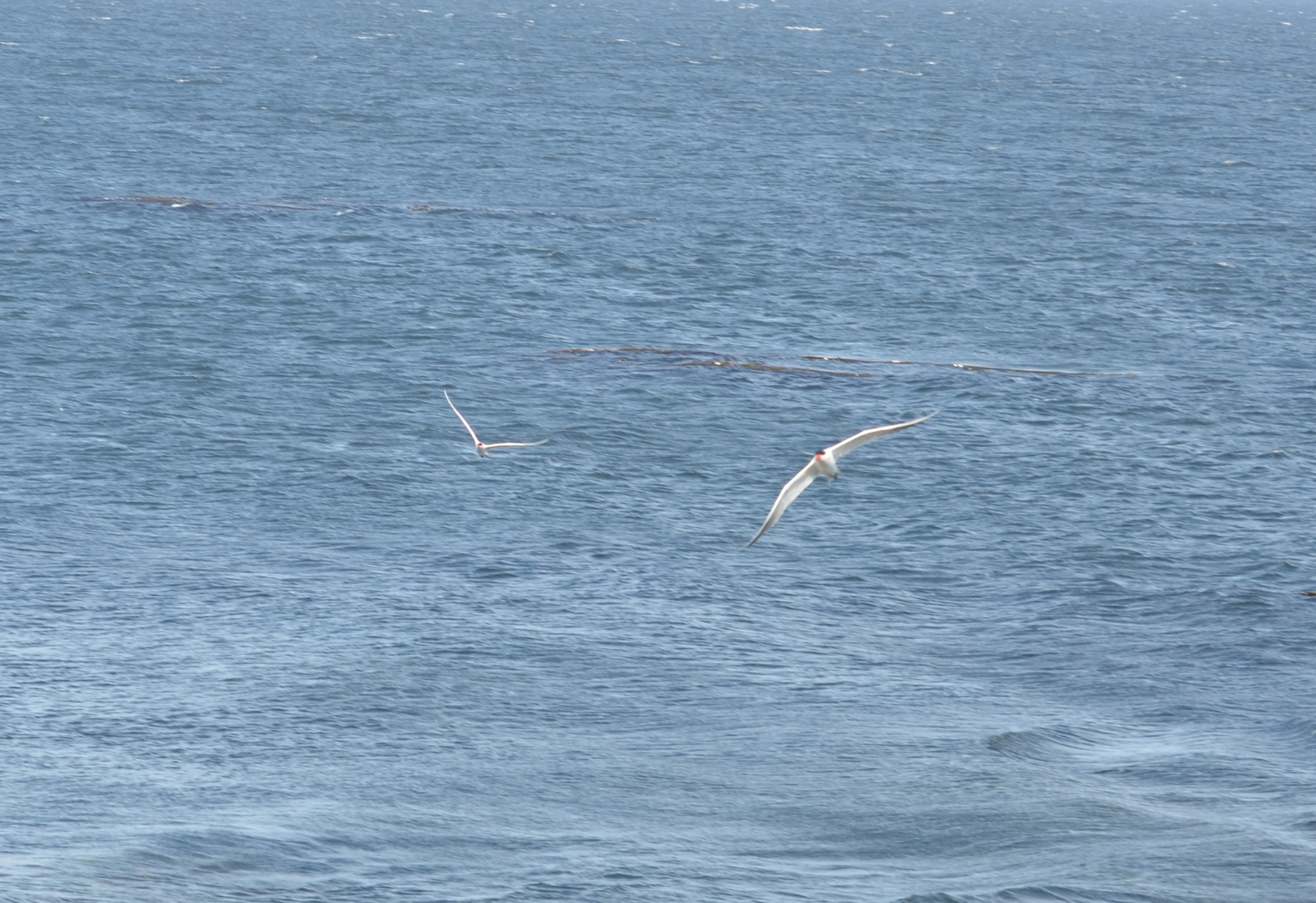
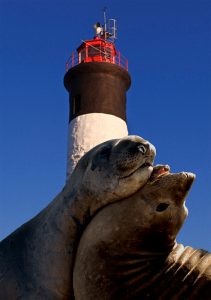 Wildlife notes:
Wildlife notes: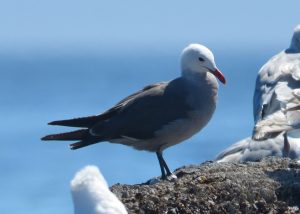
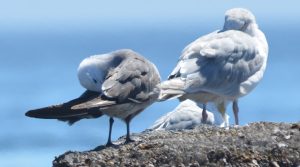
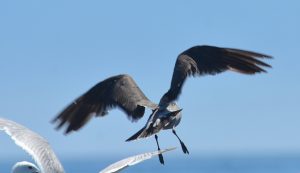
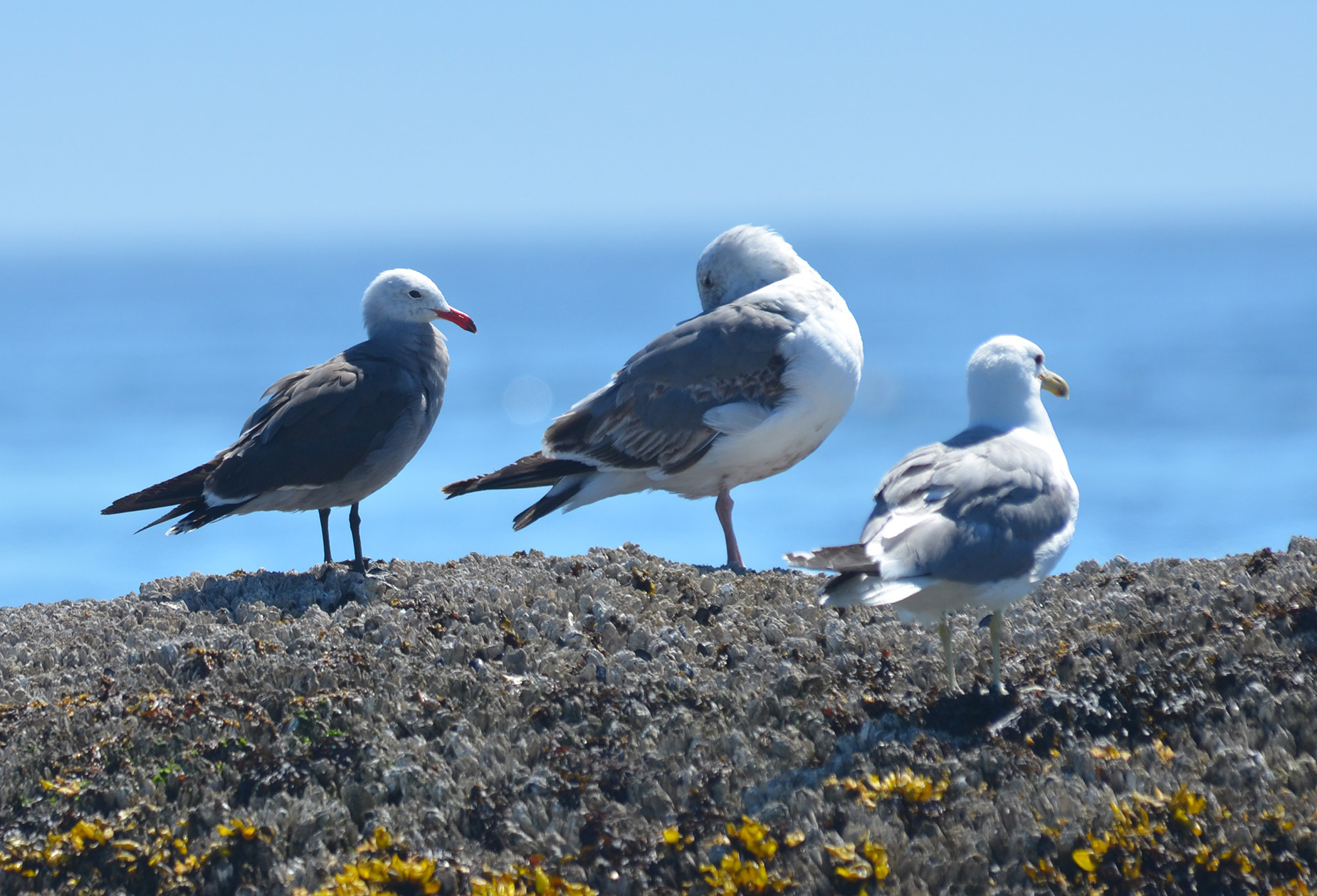
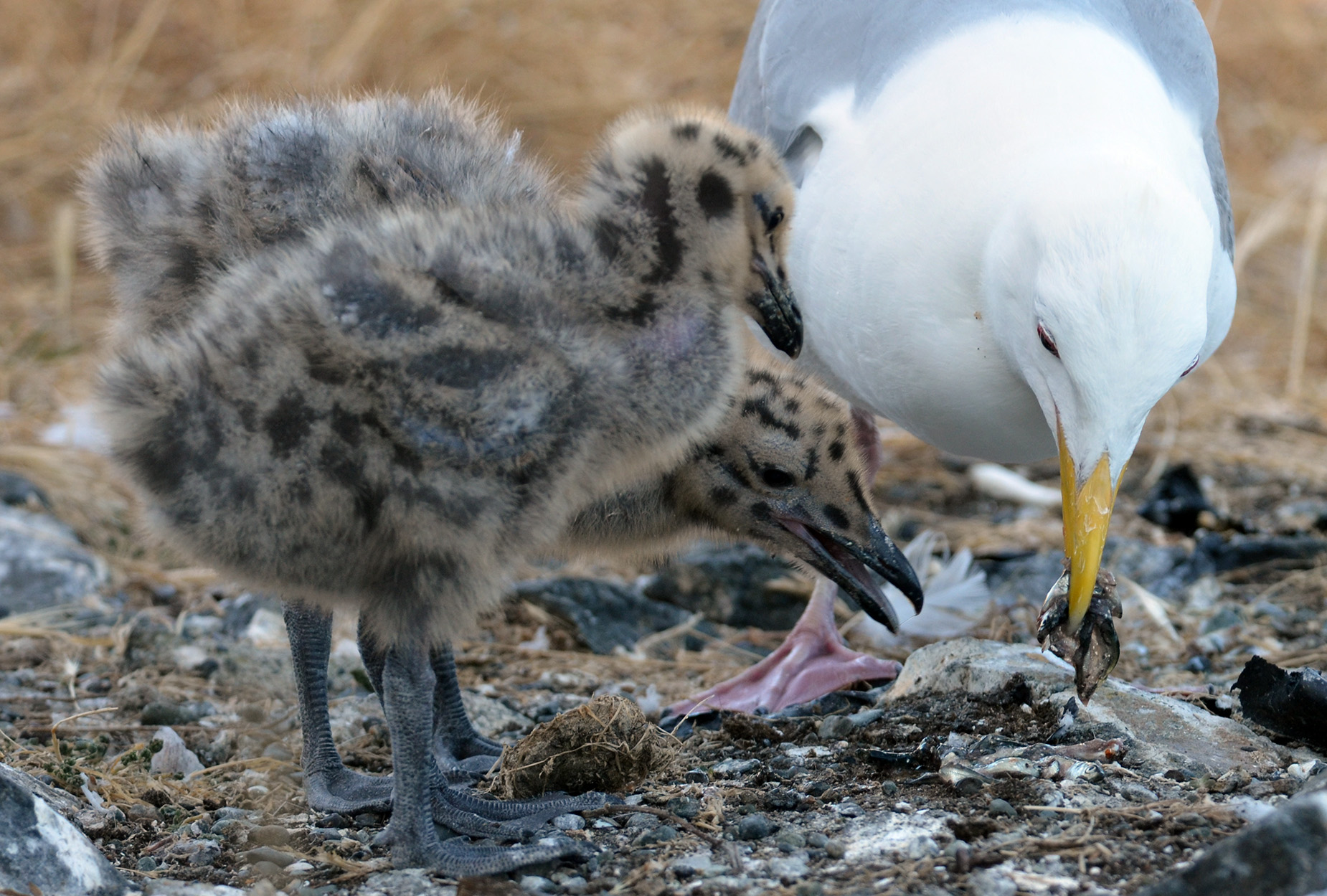
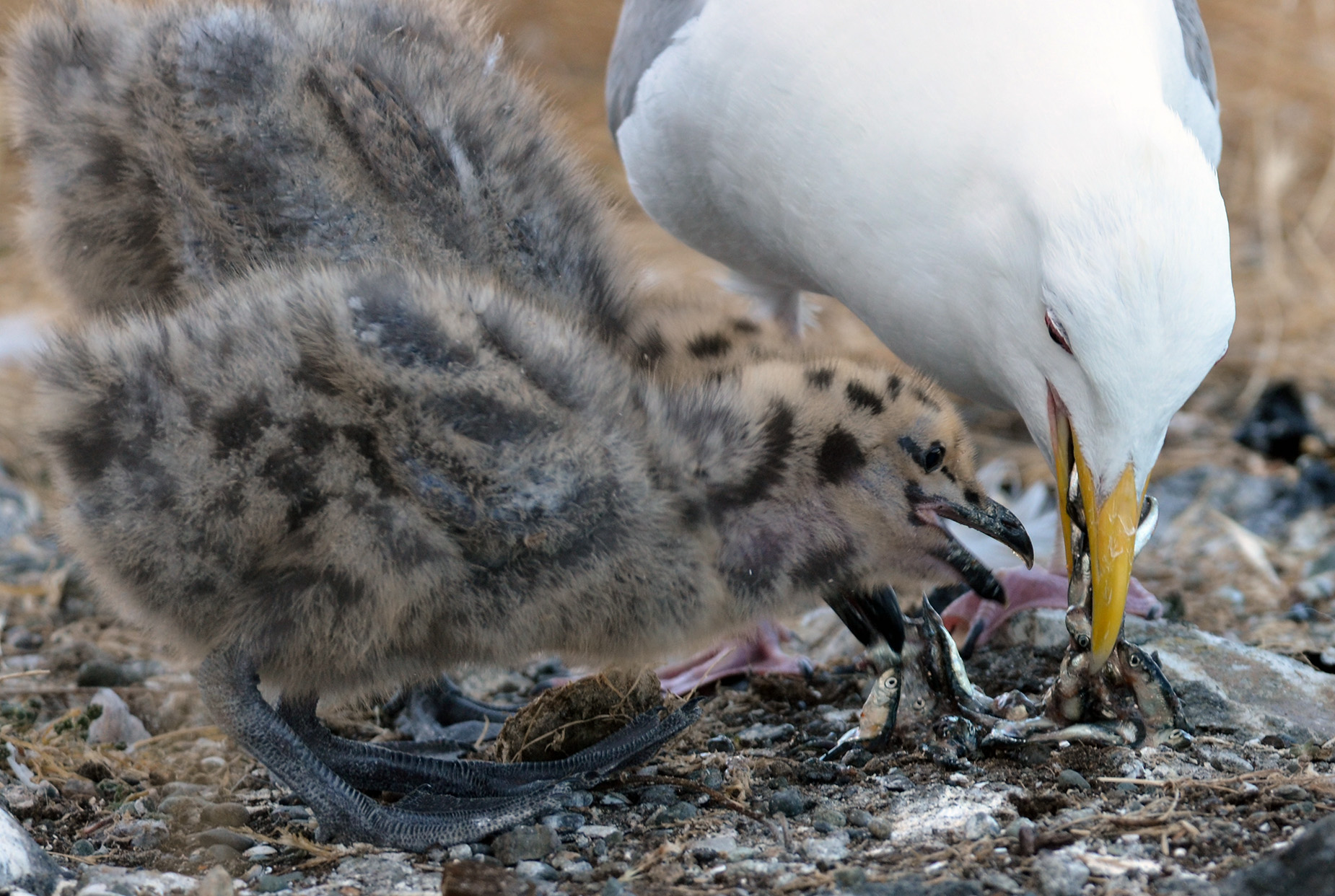
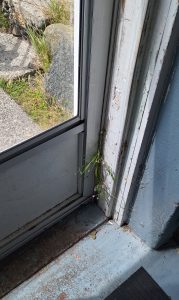 Facility work:
Facility work: